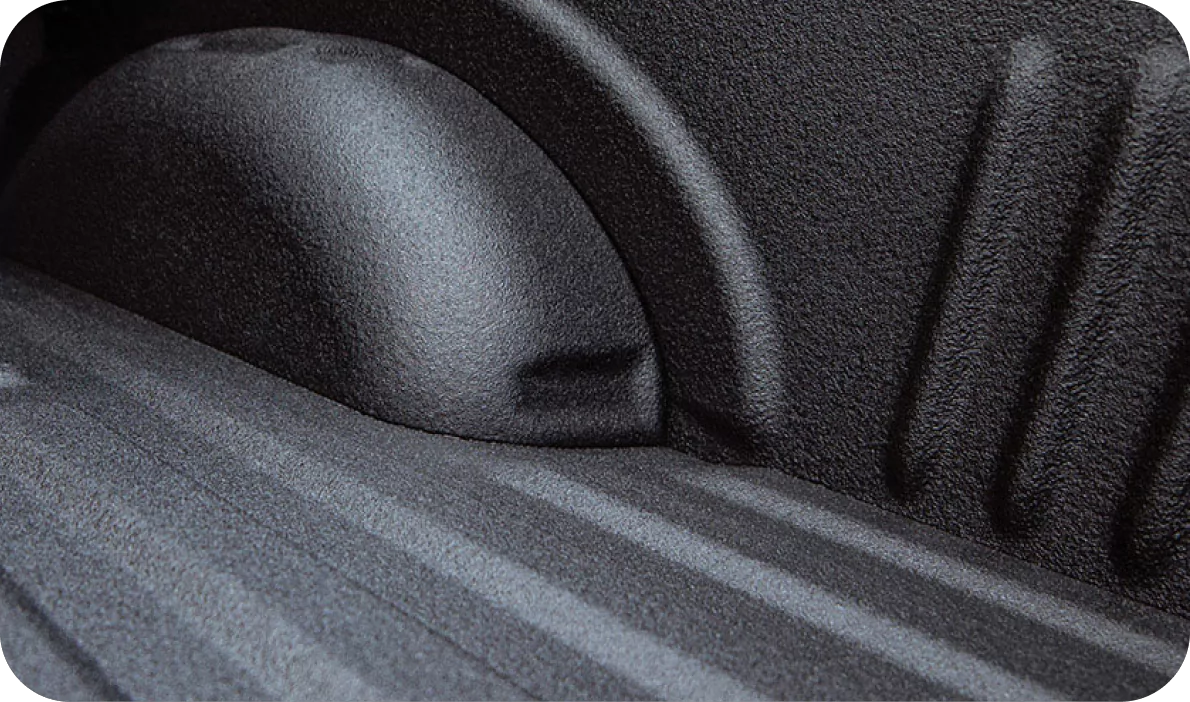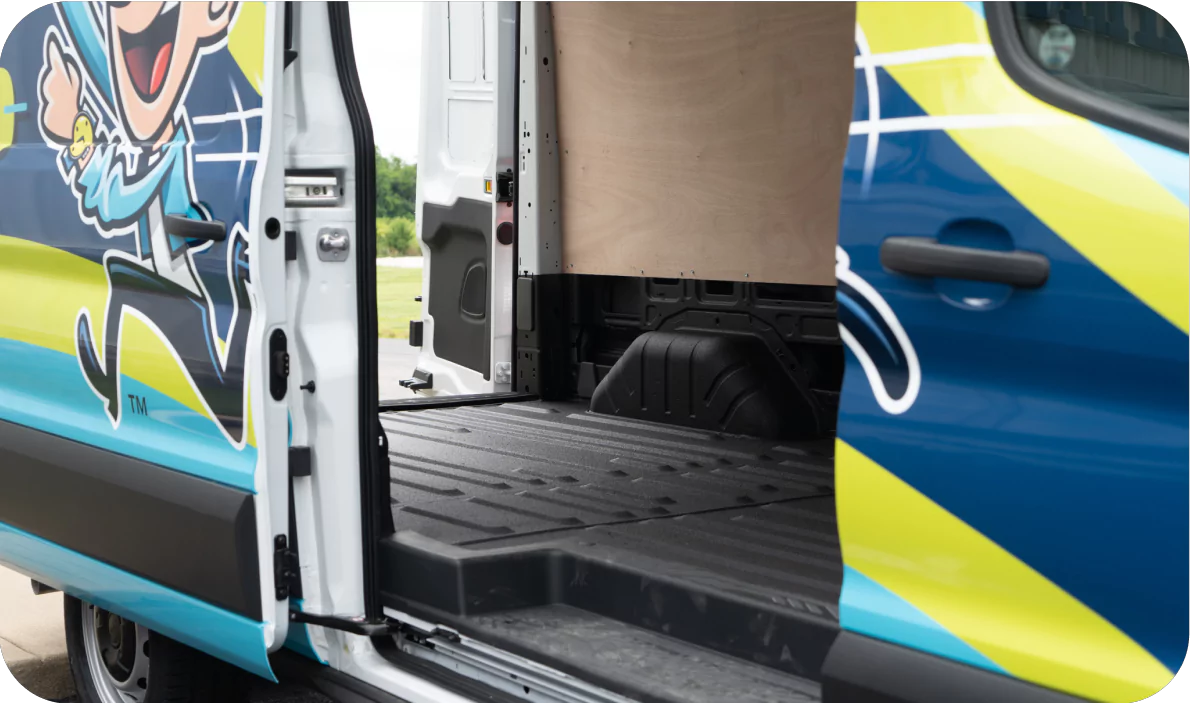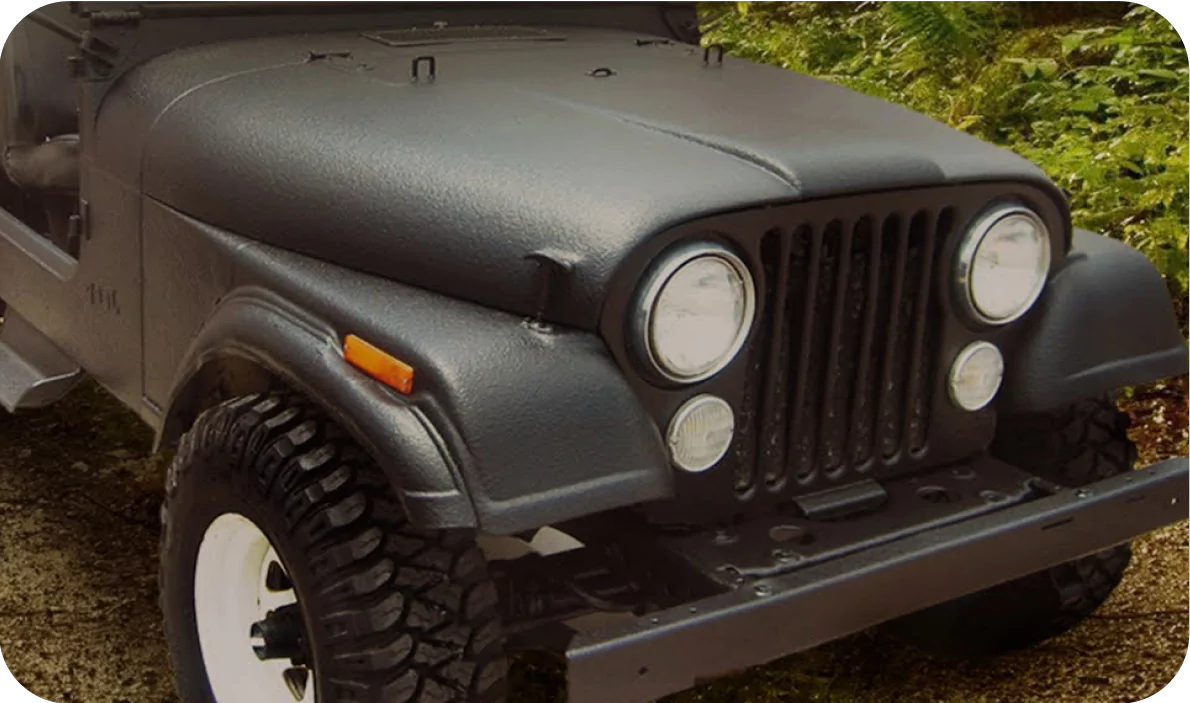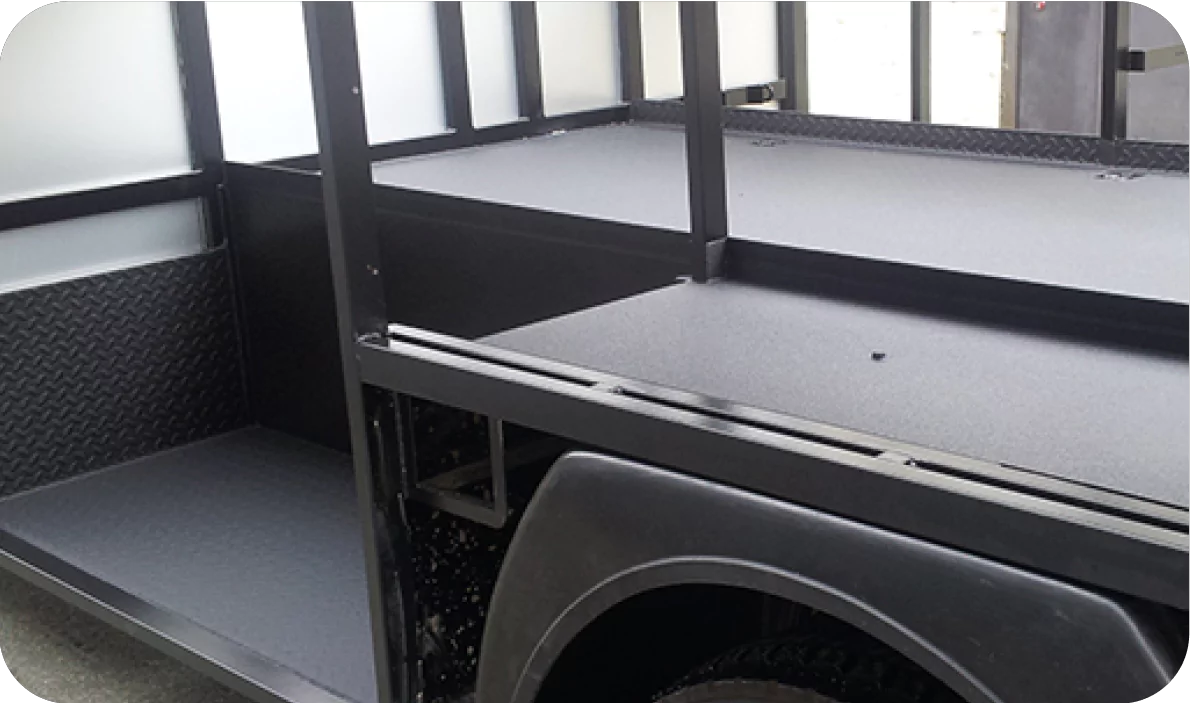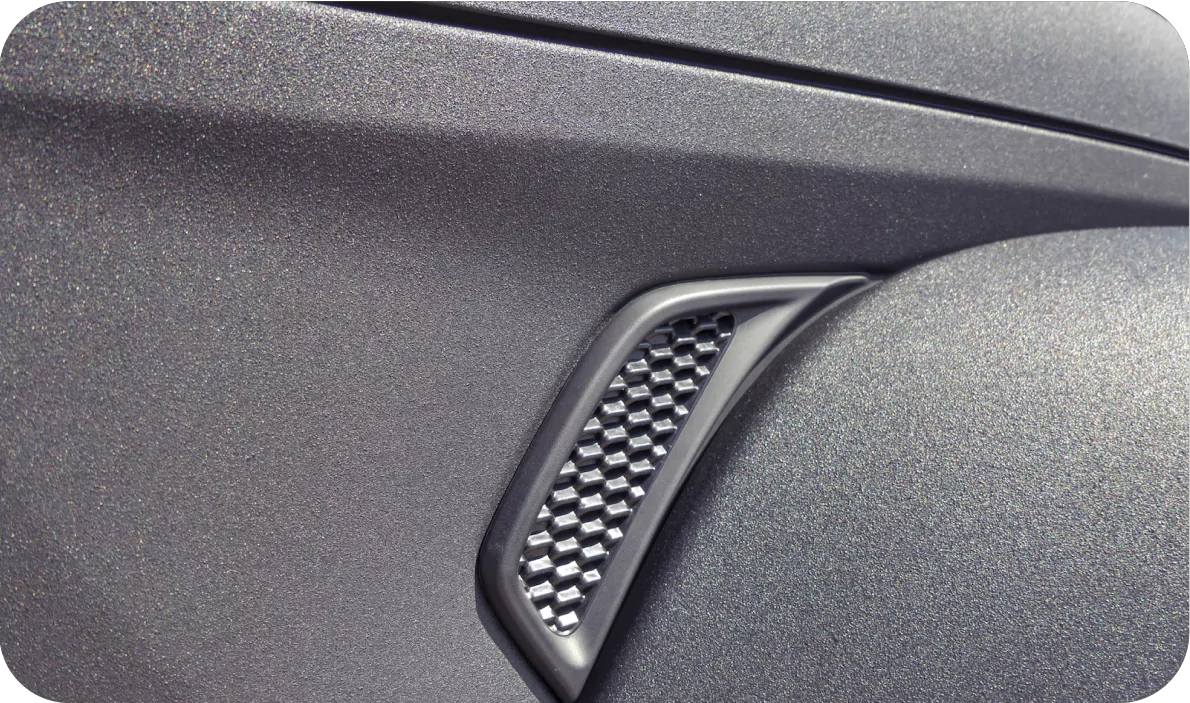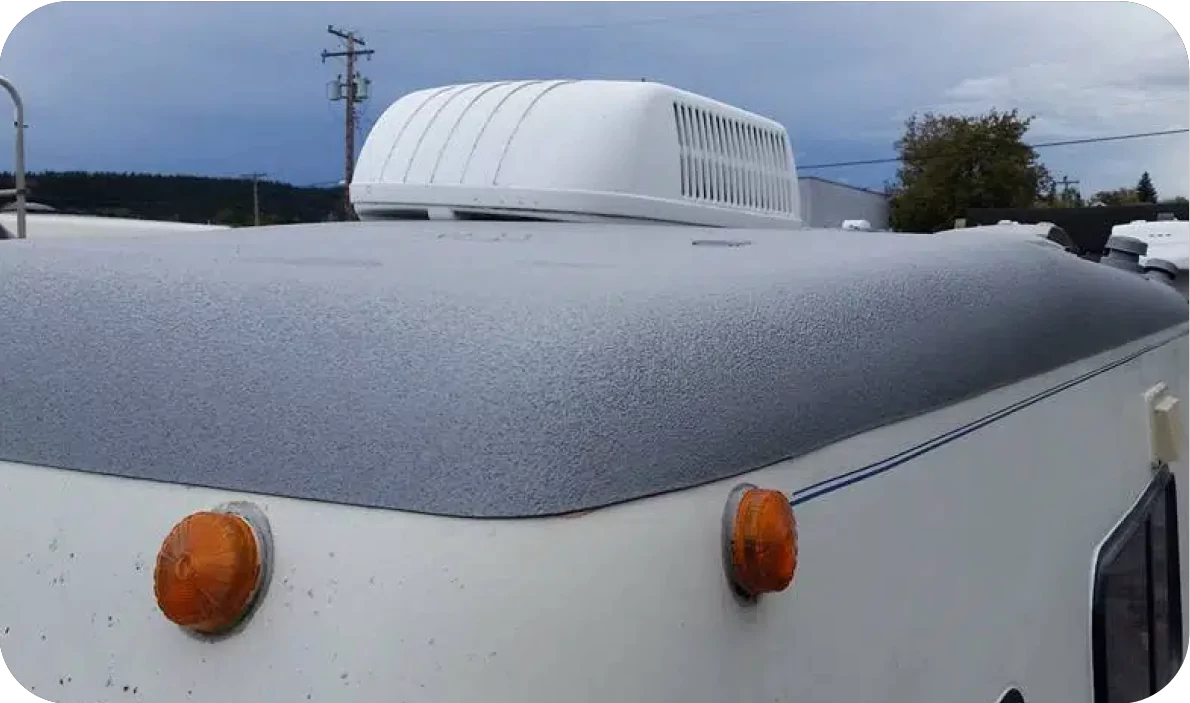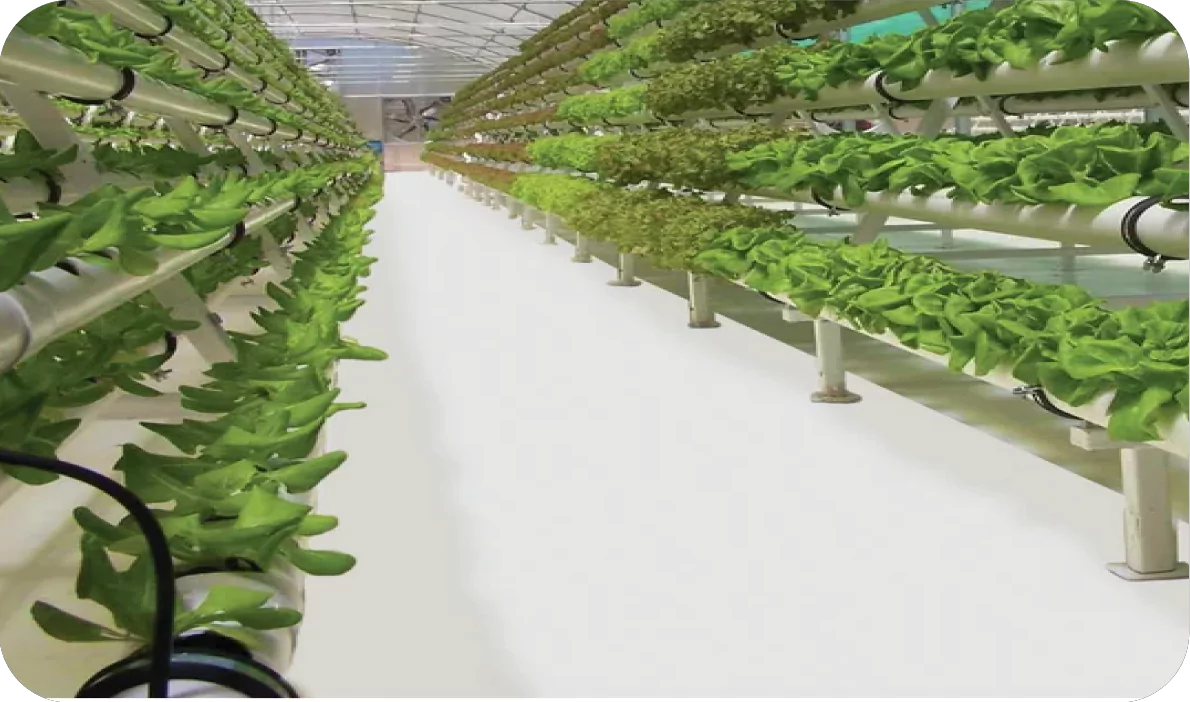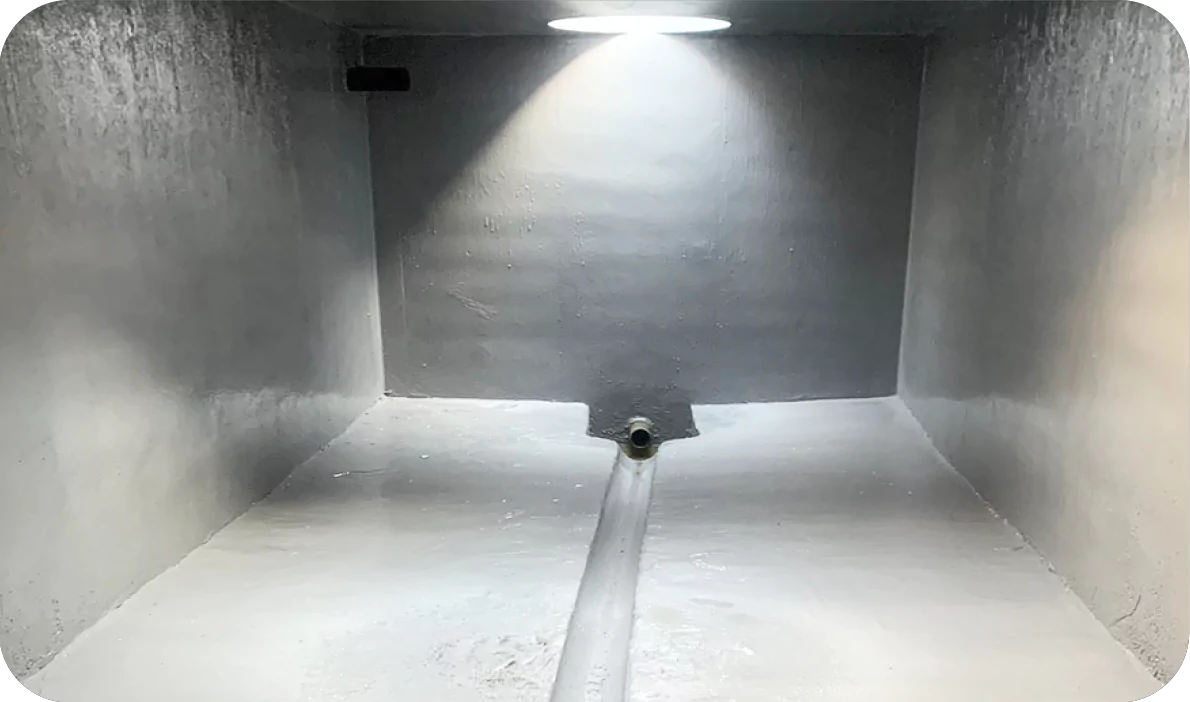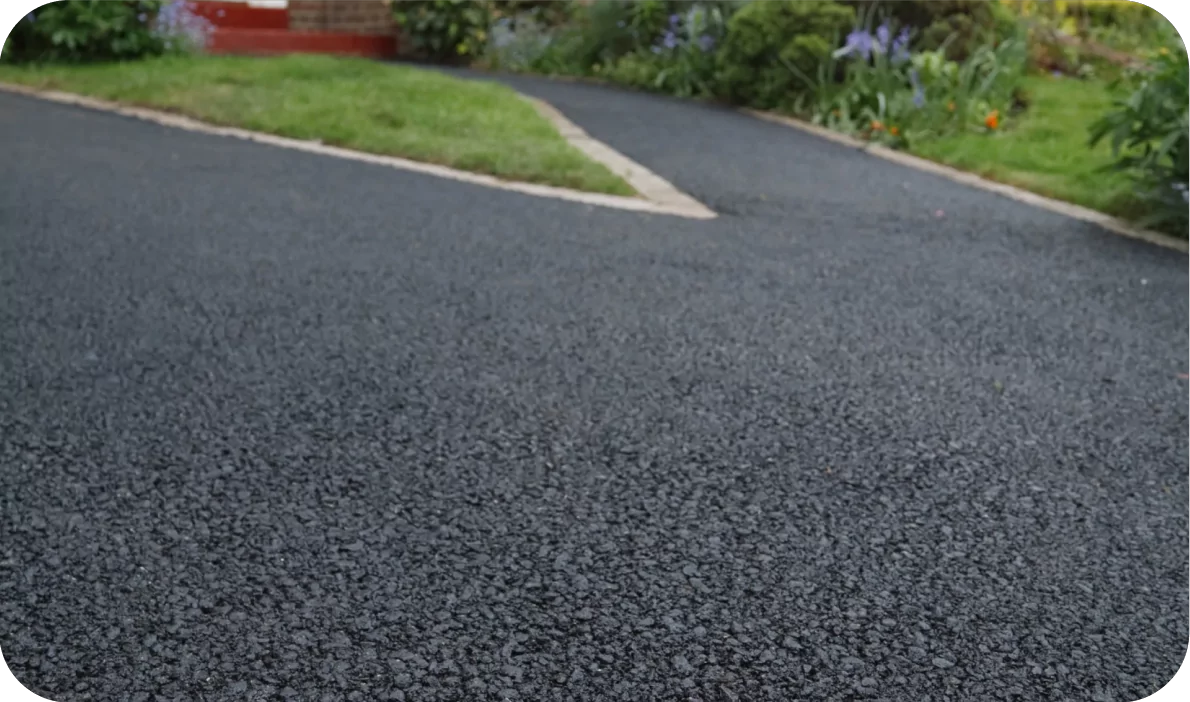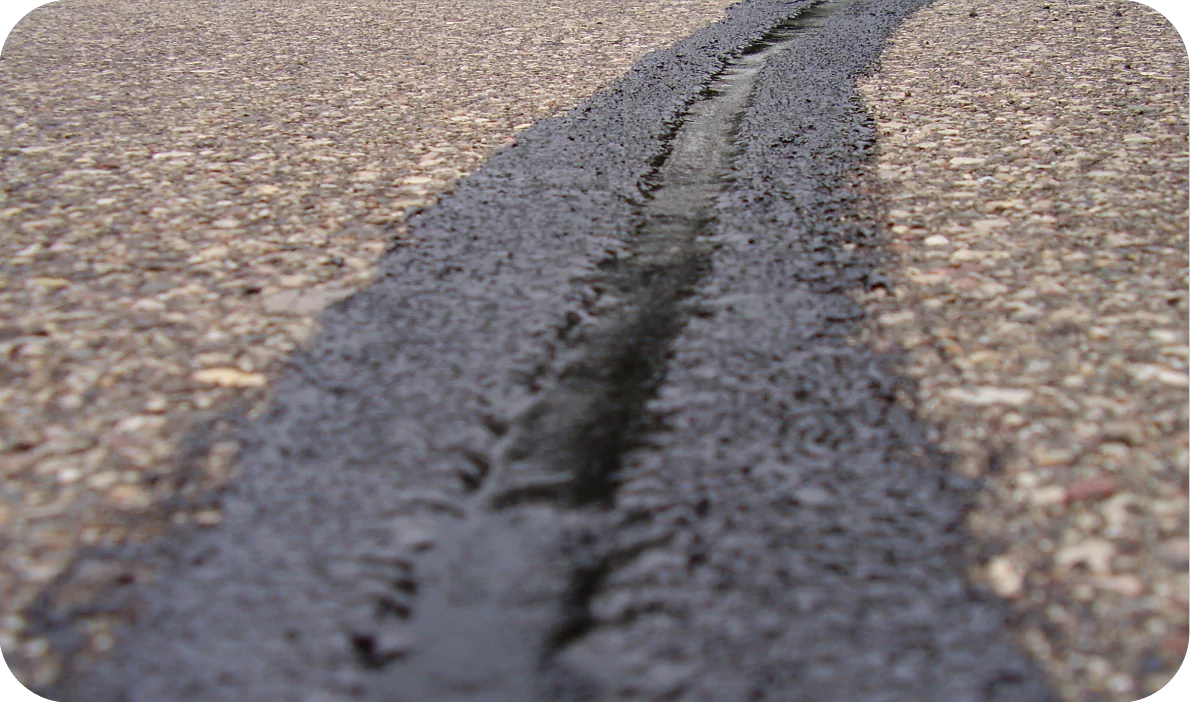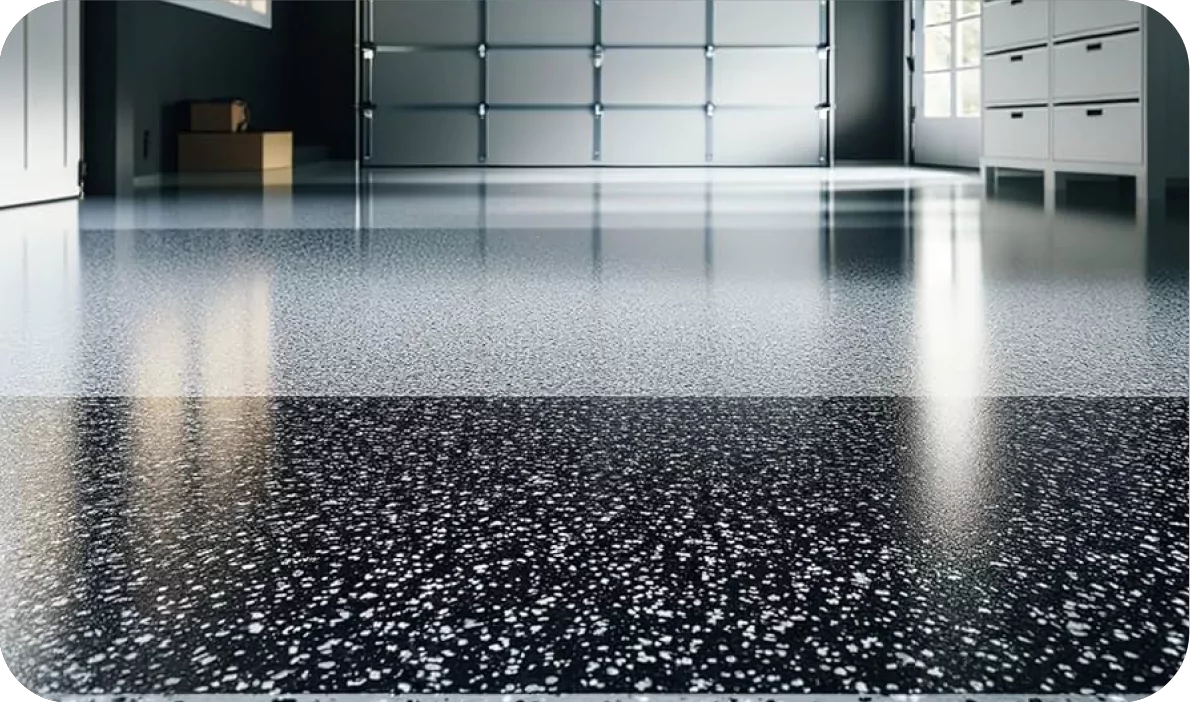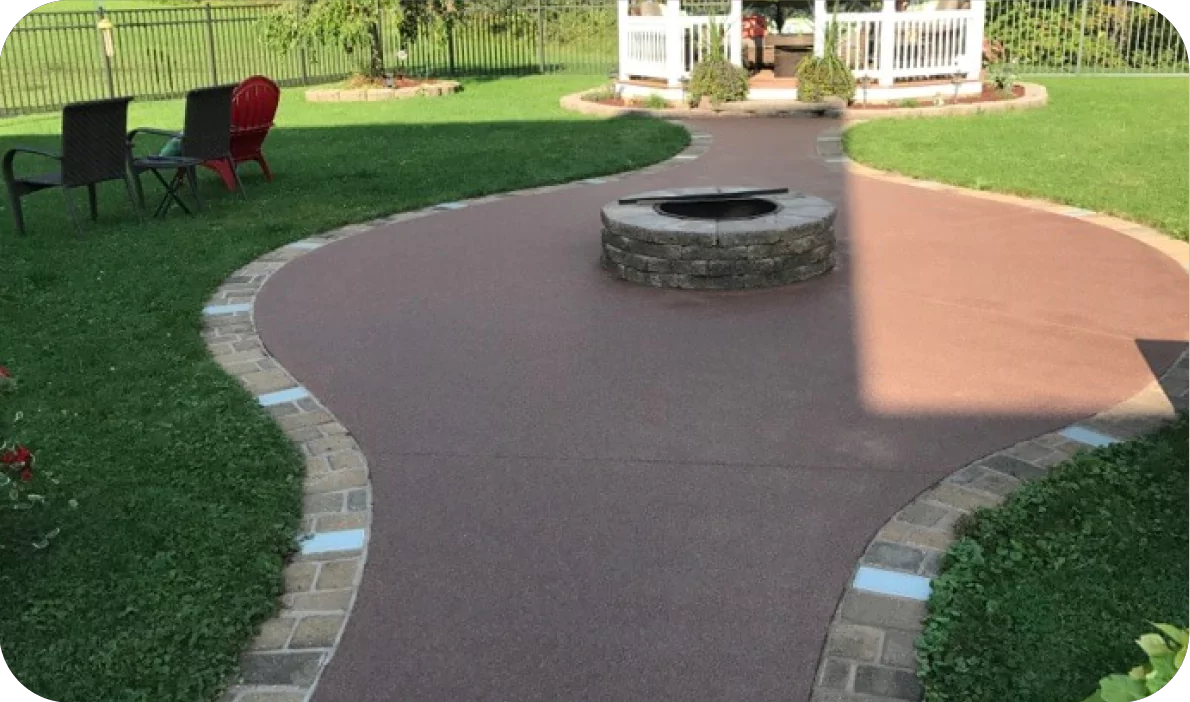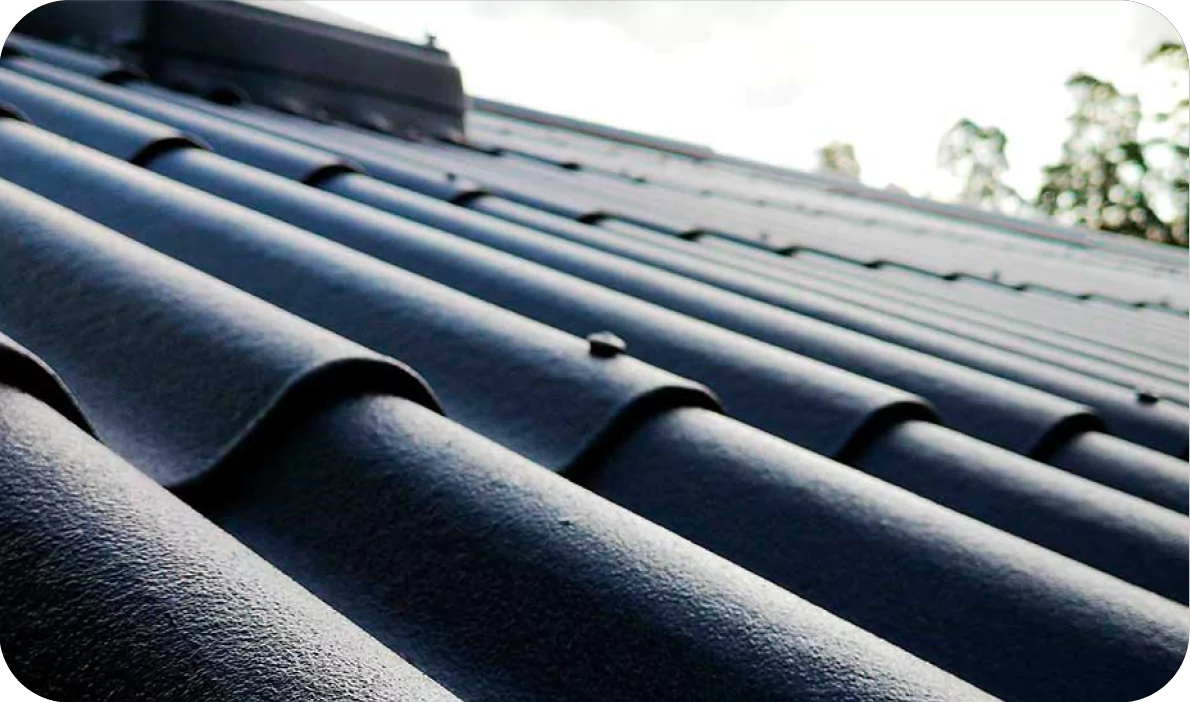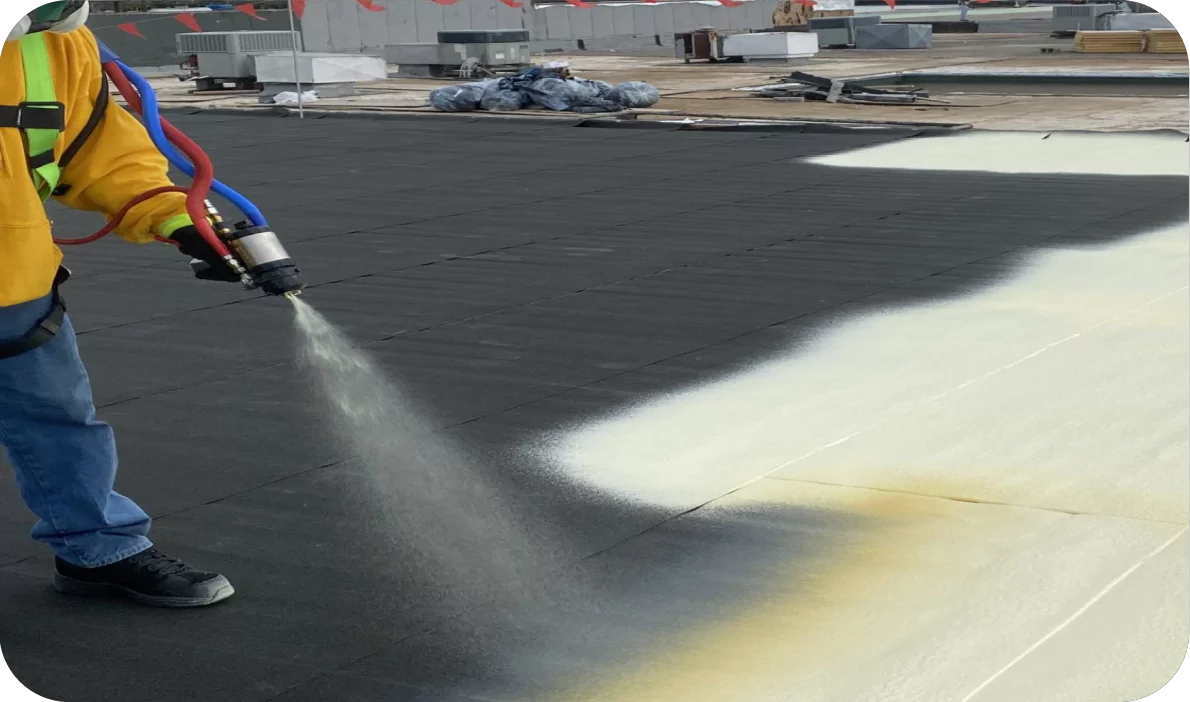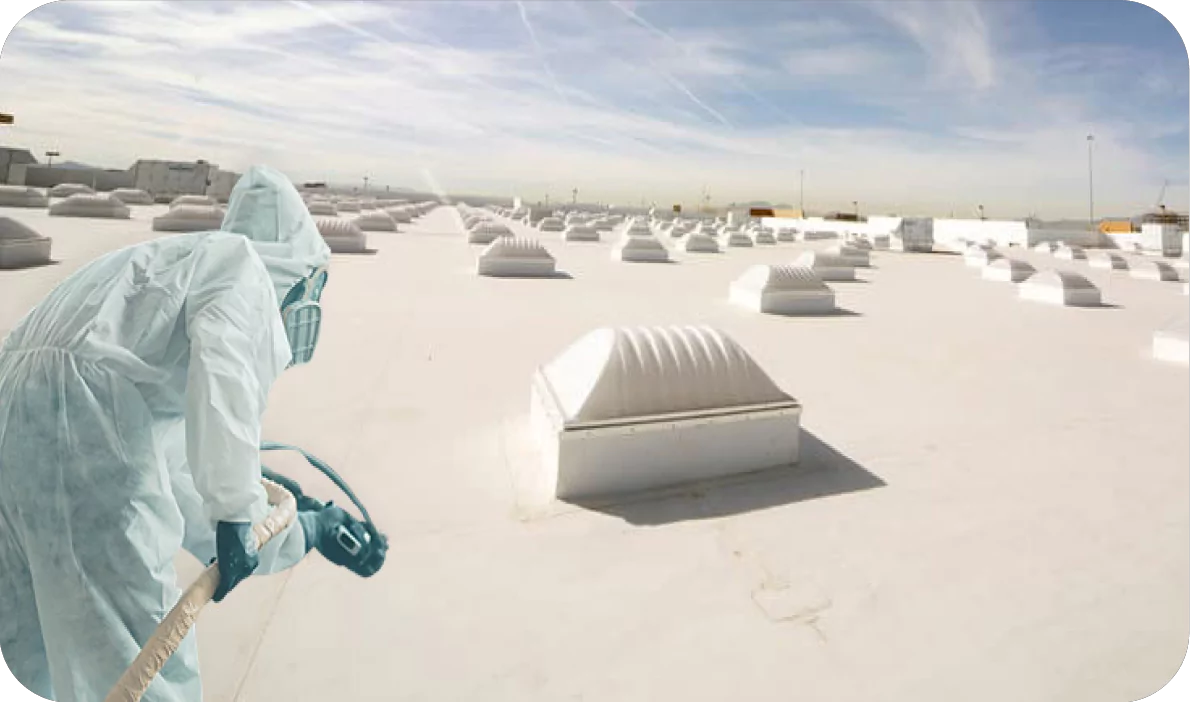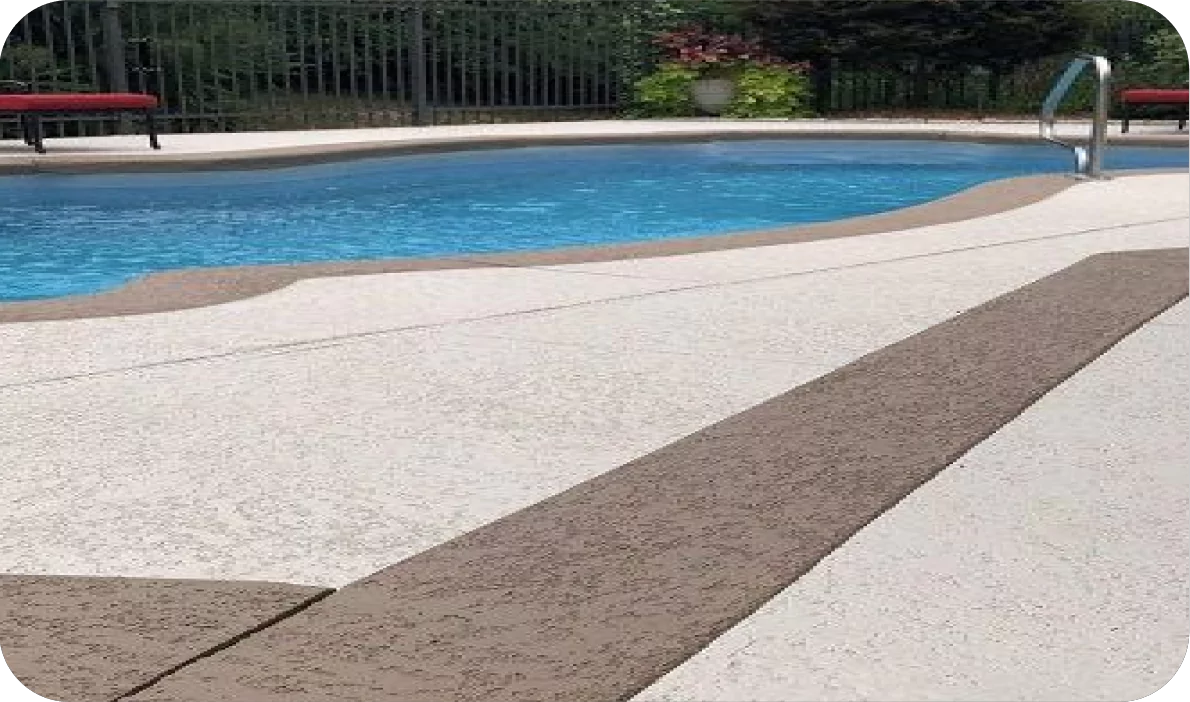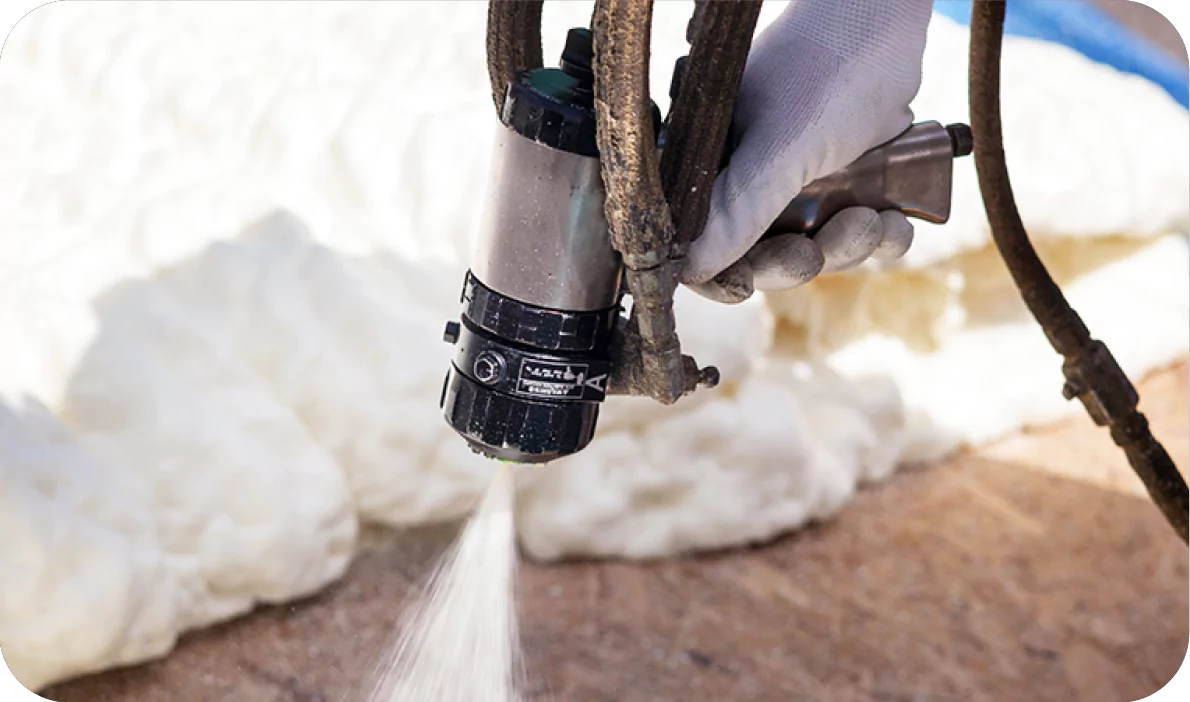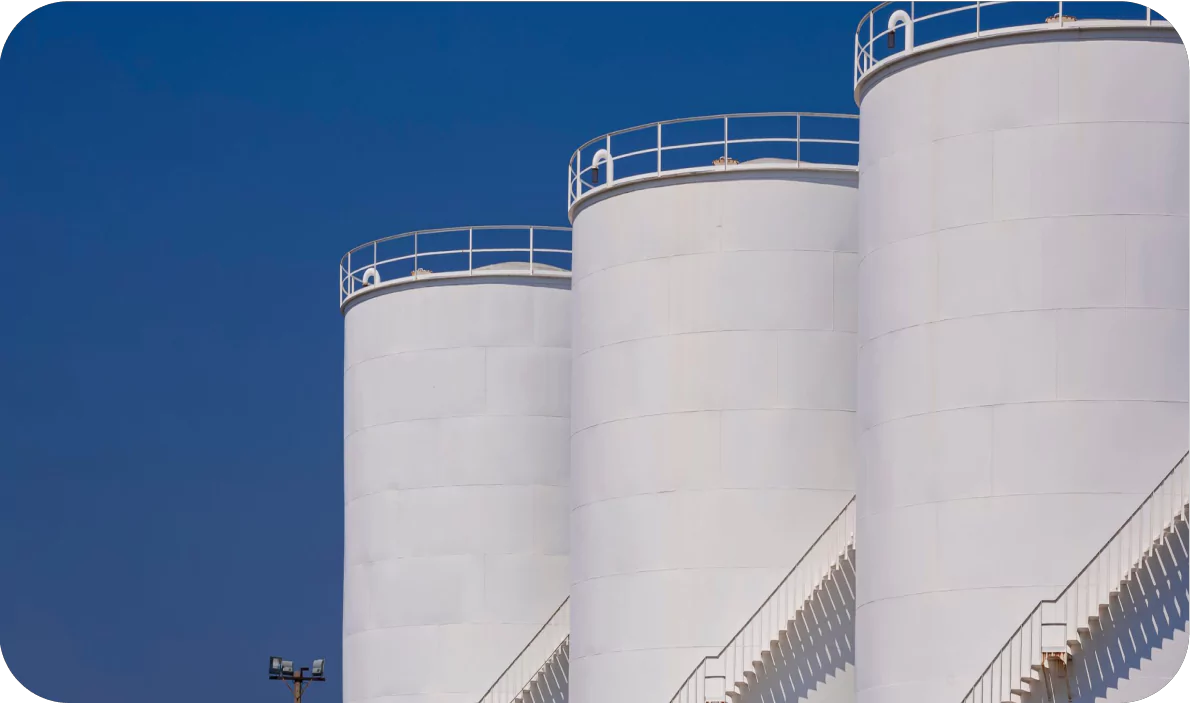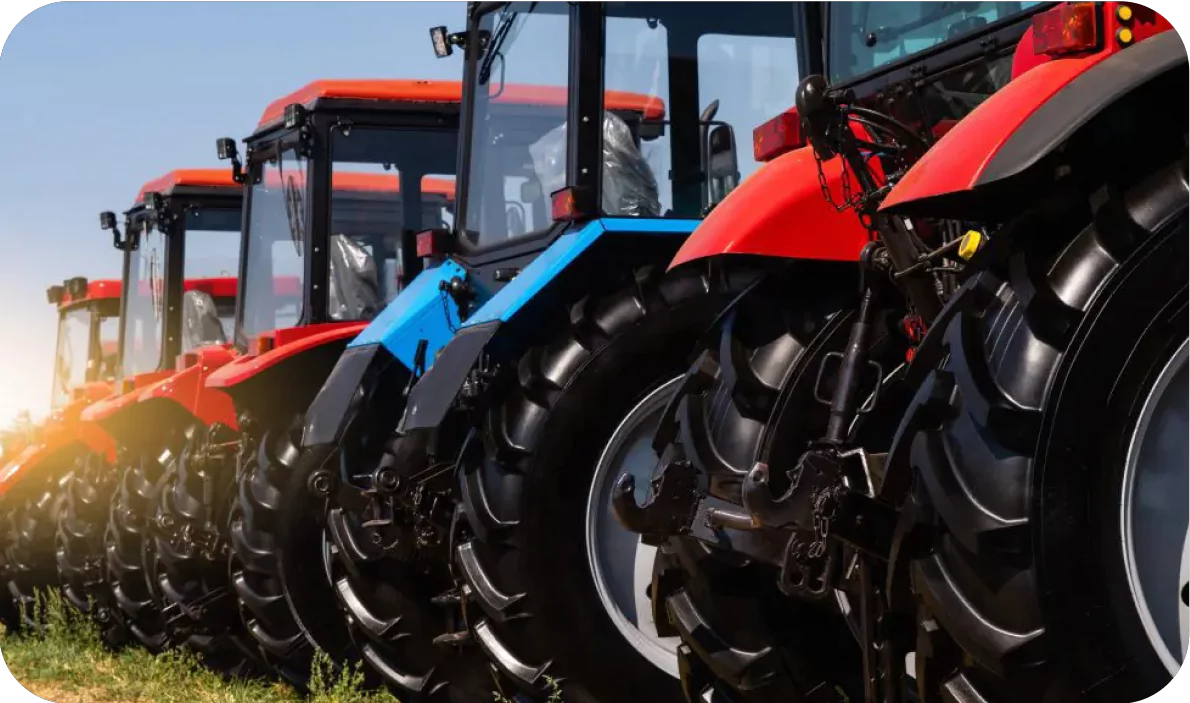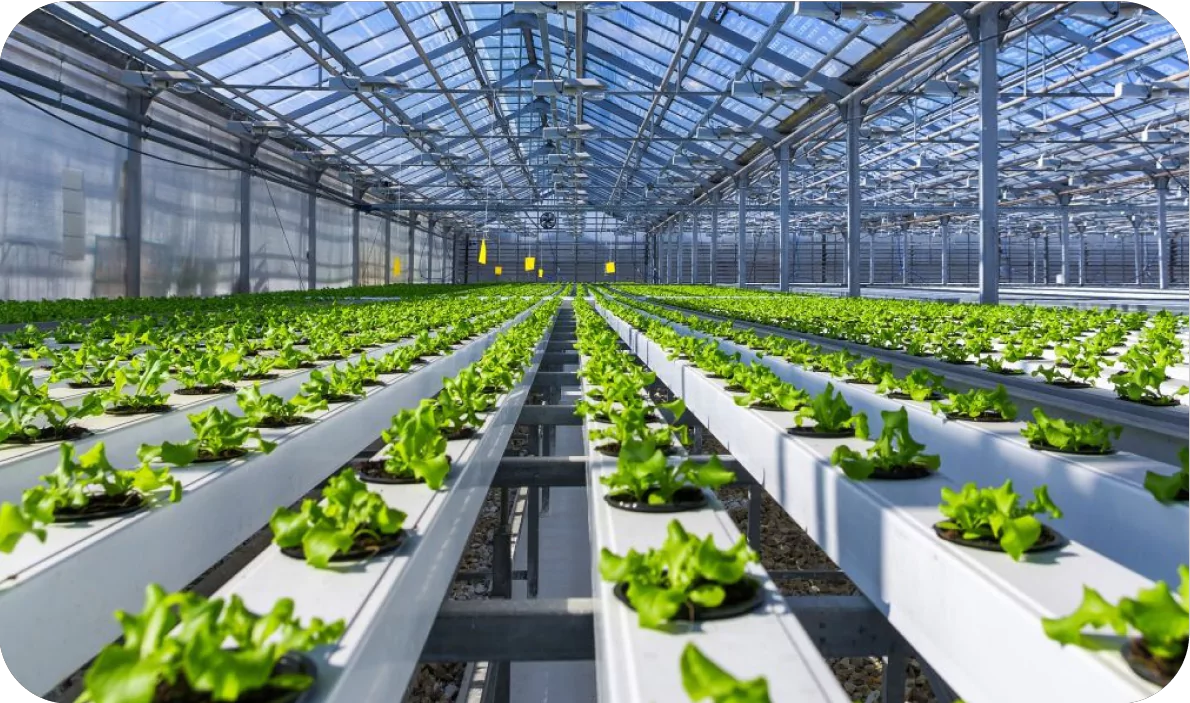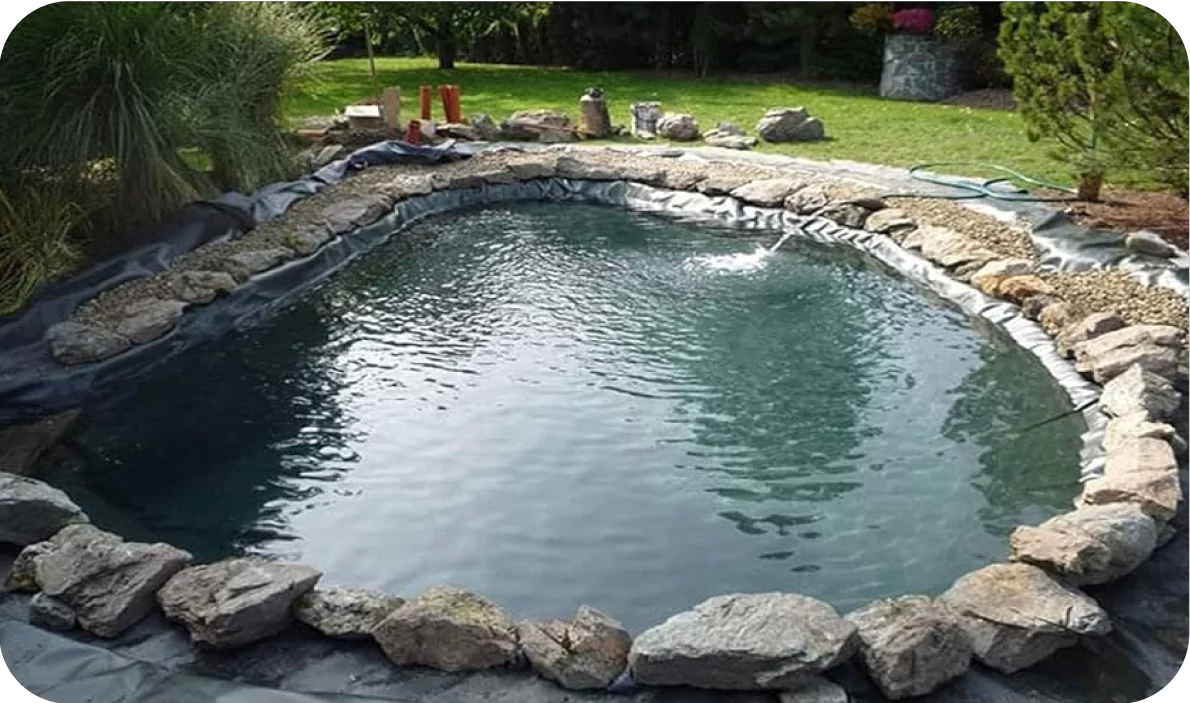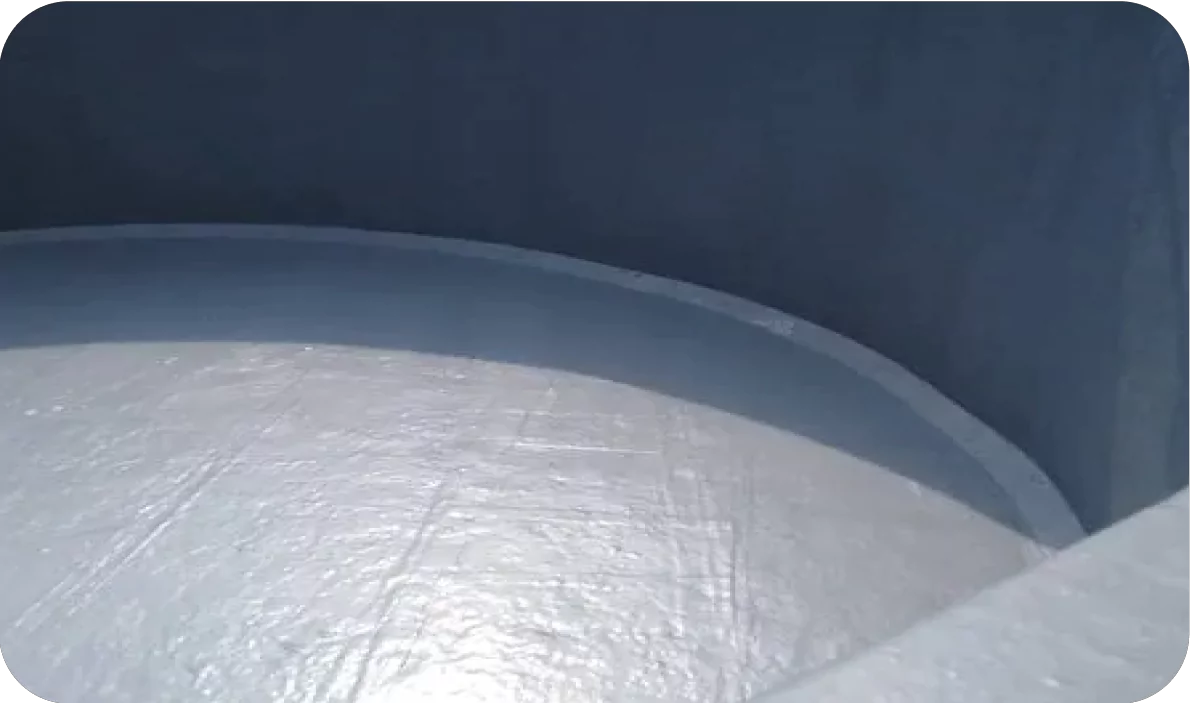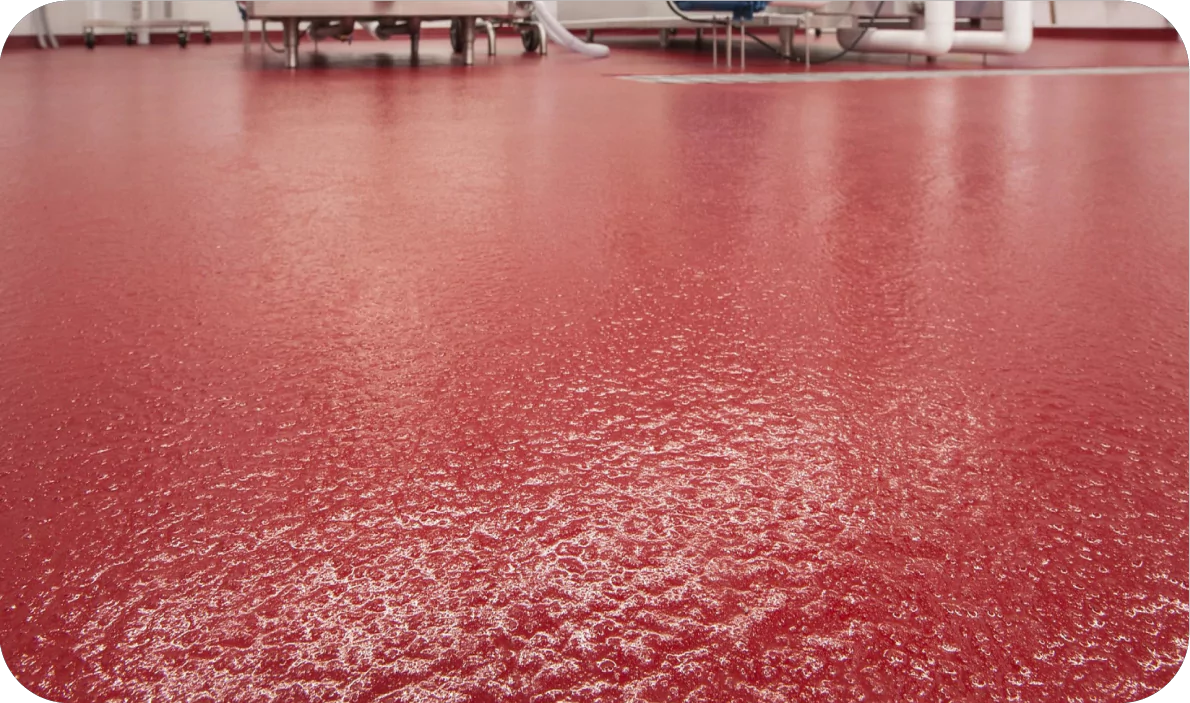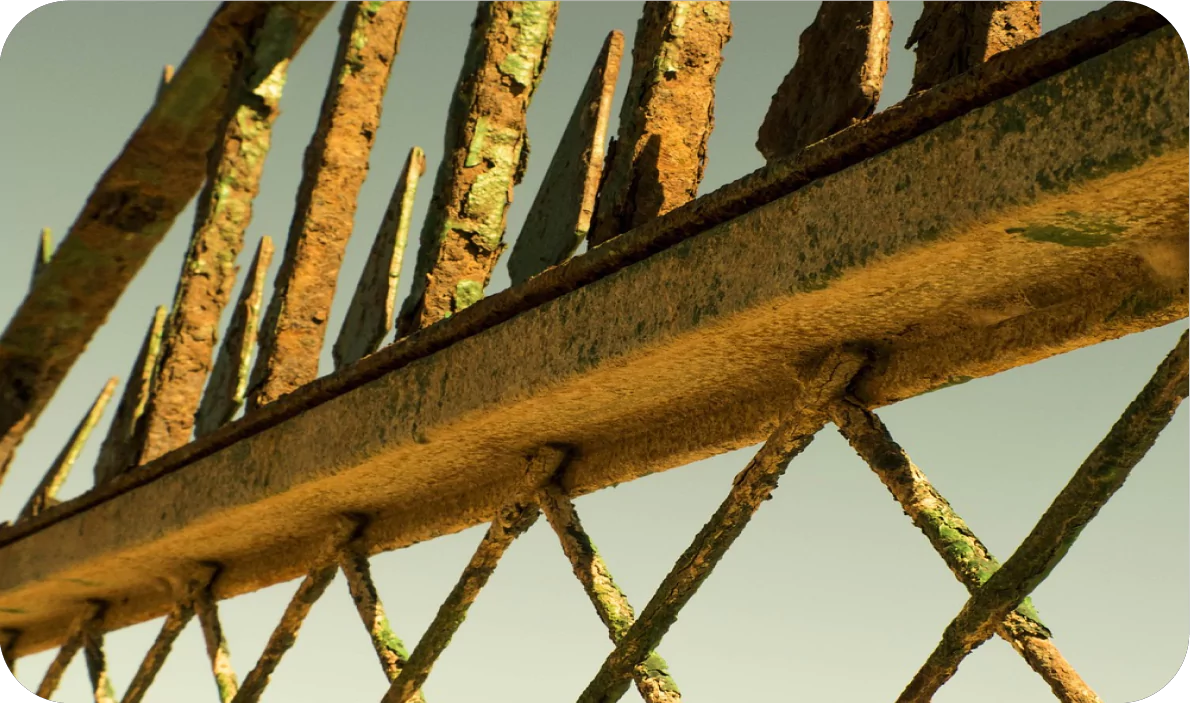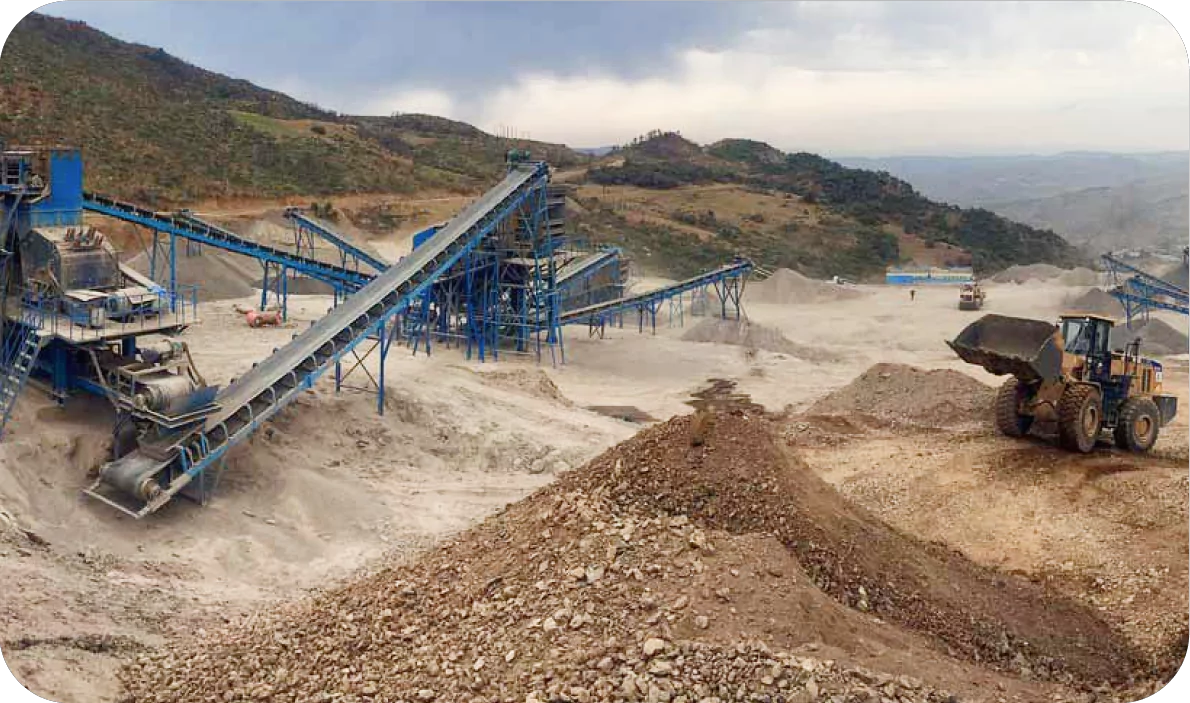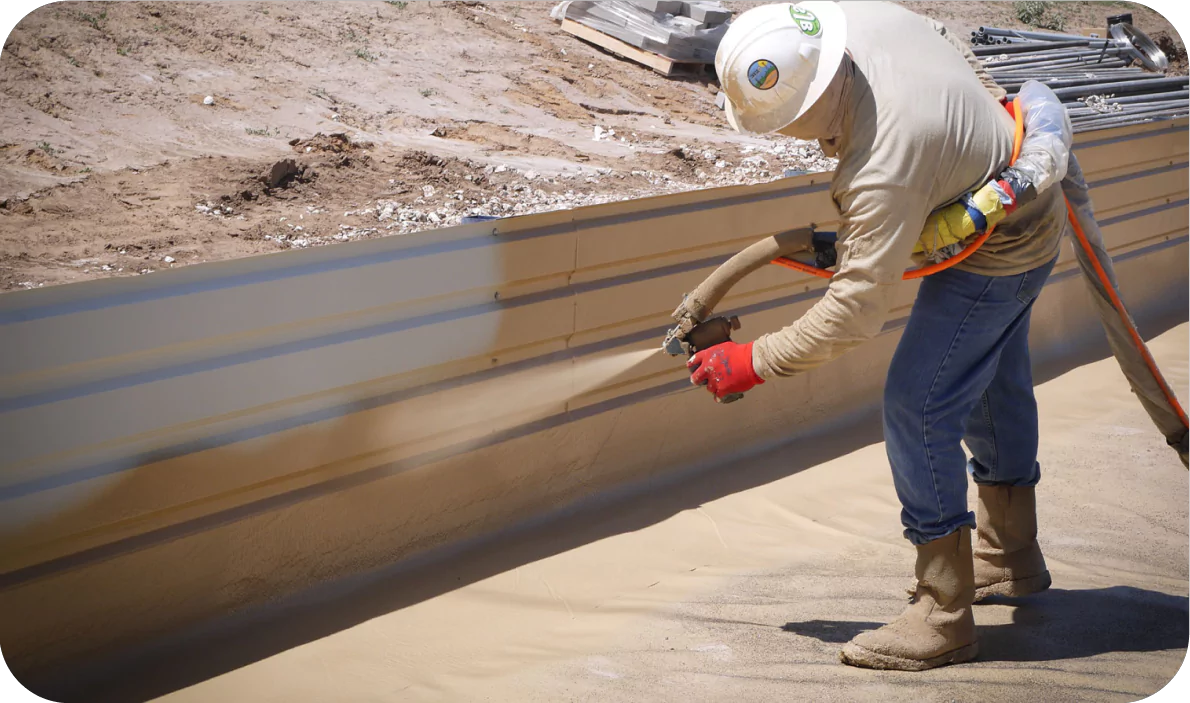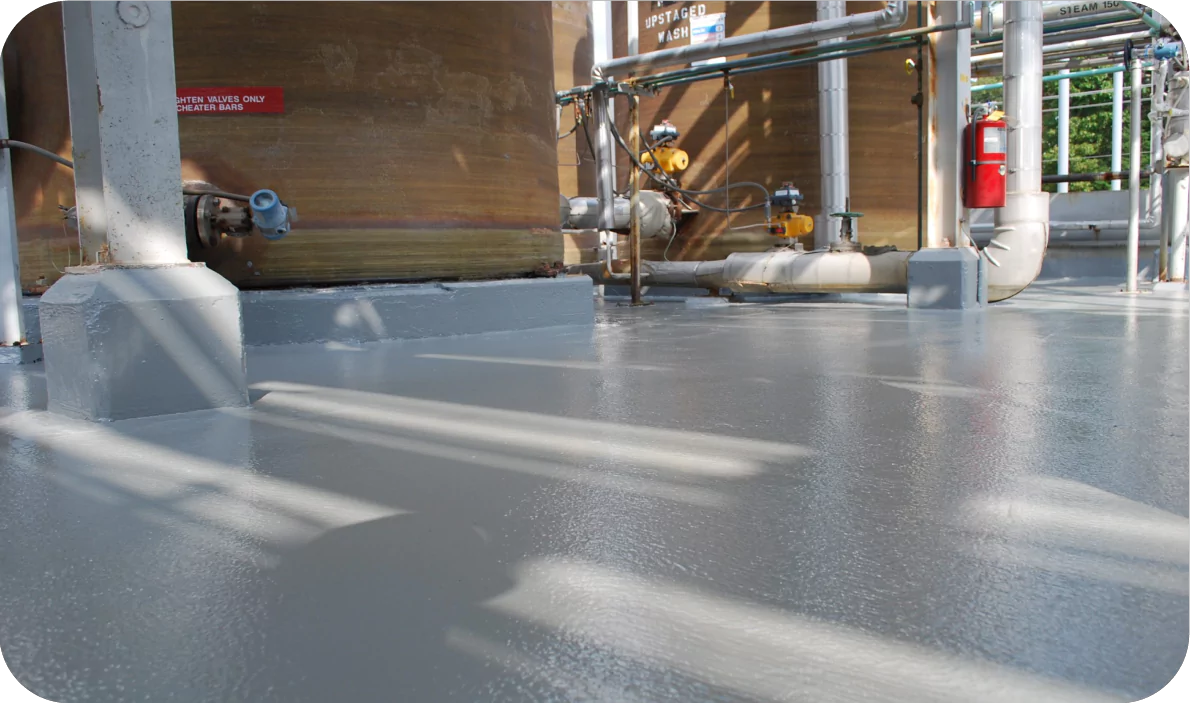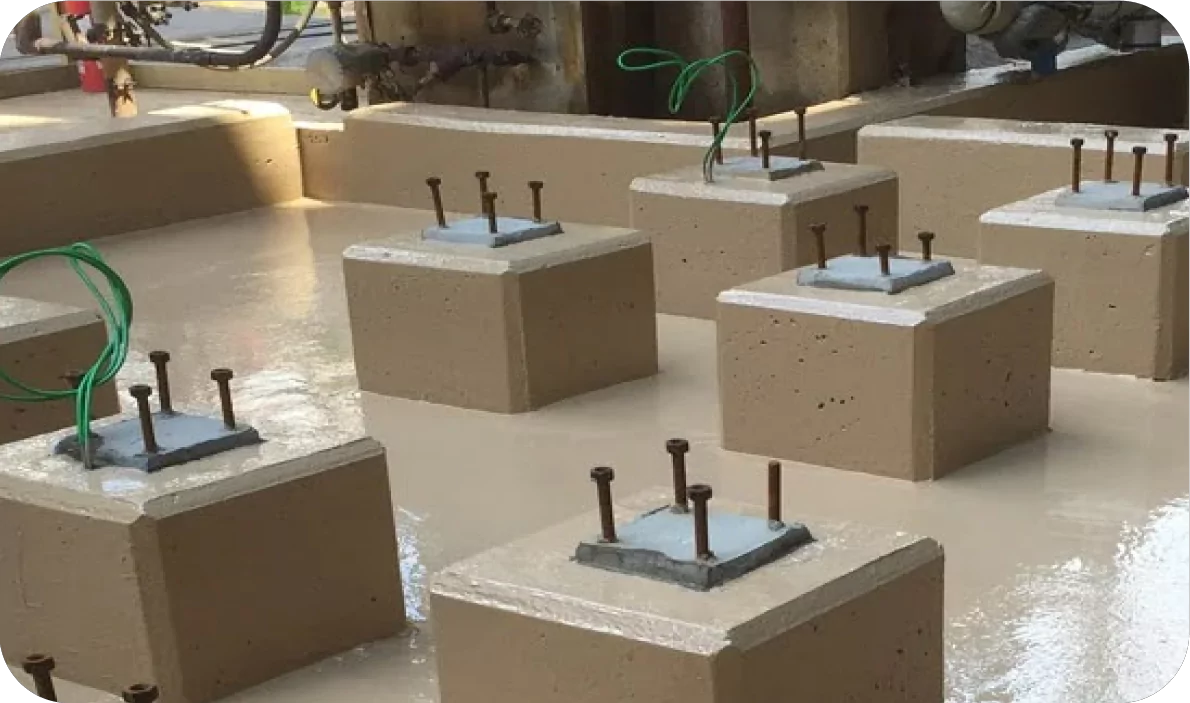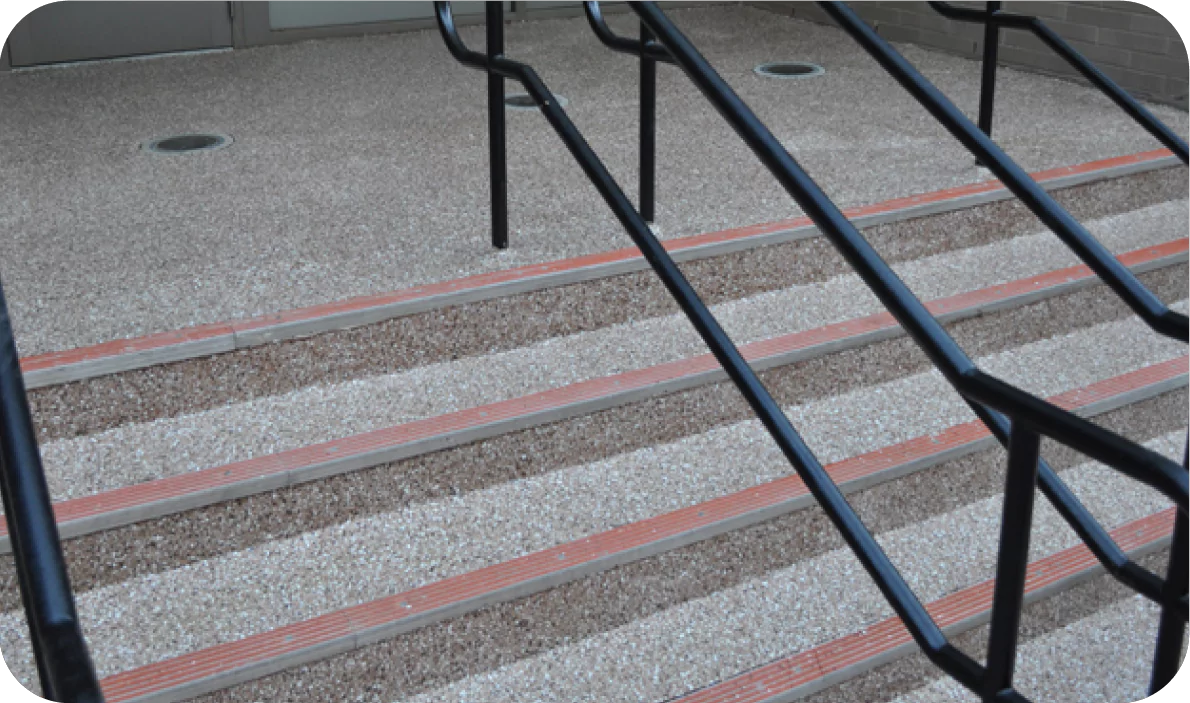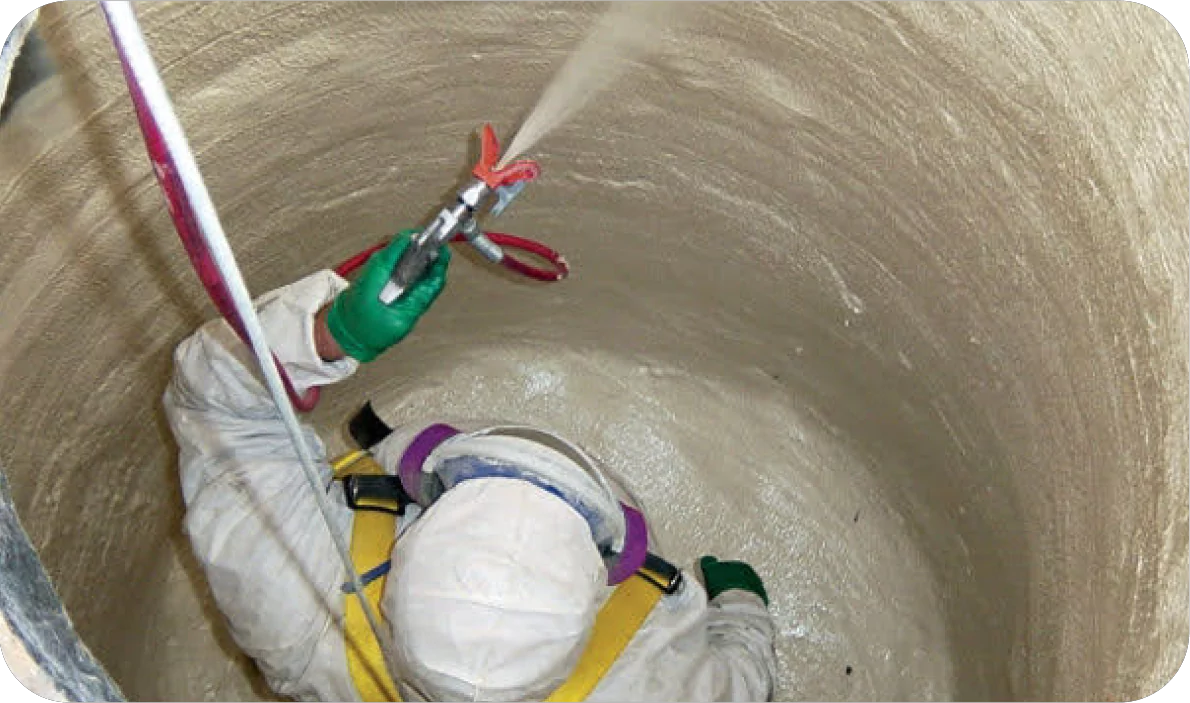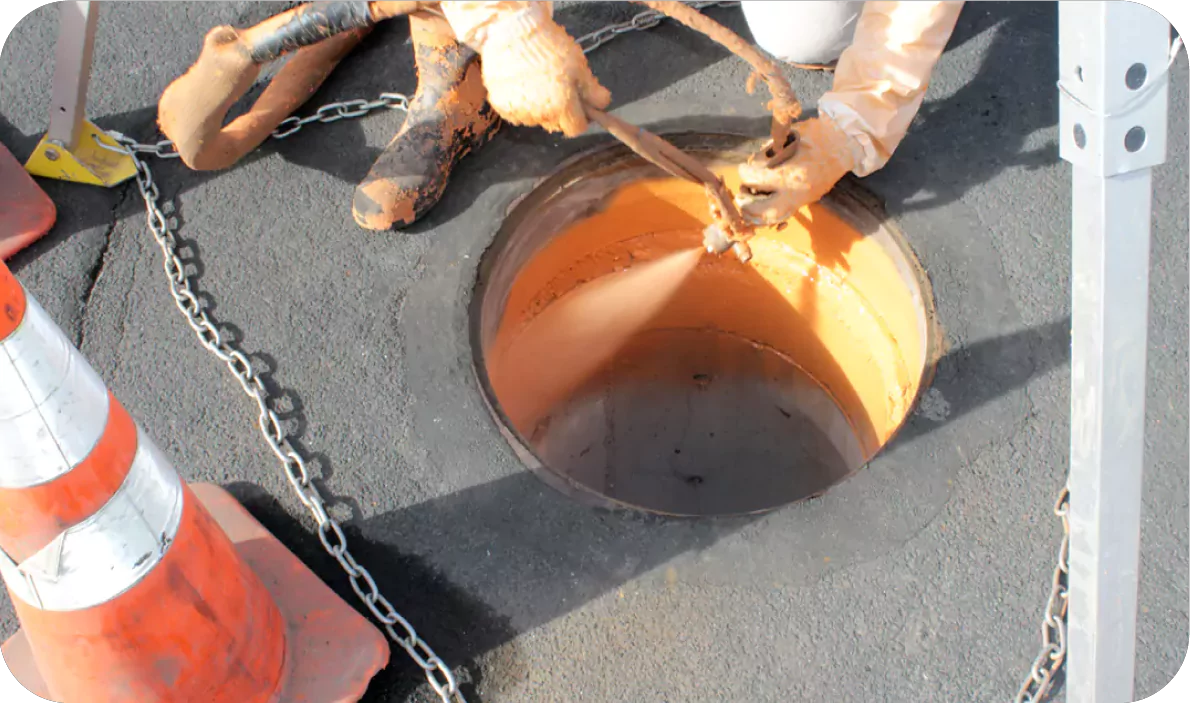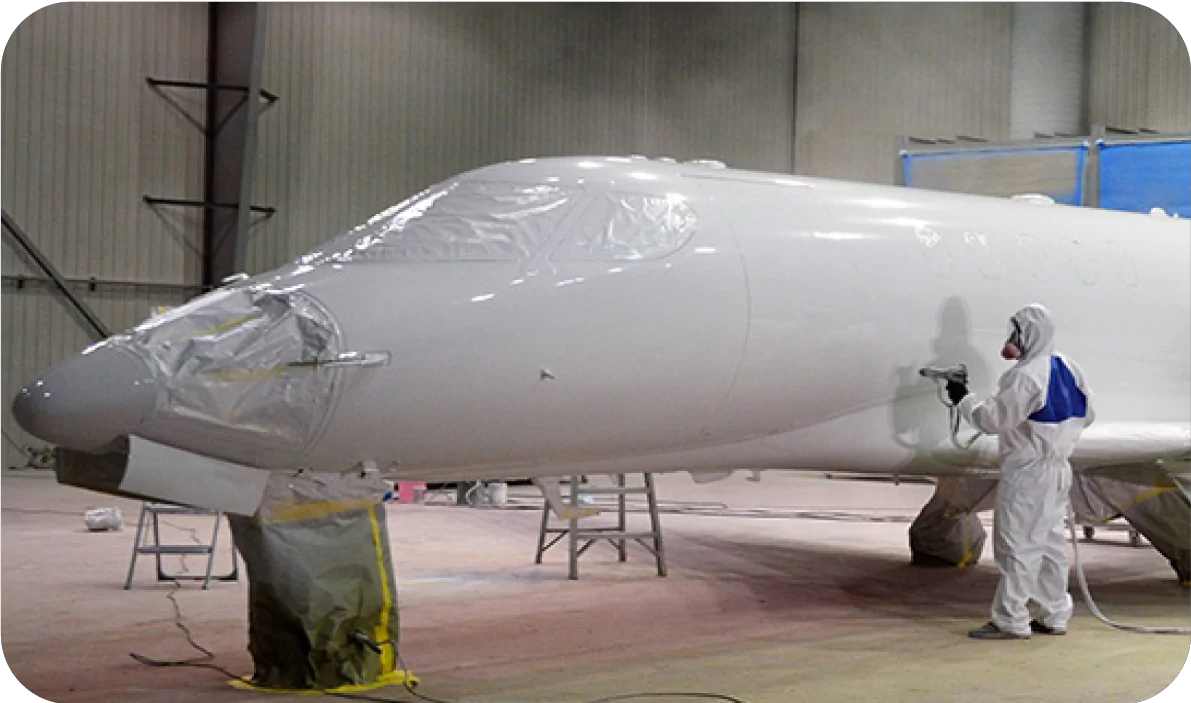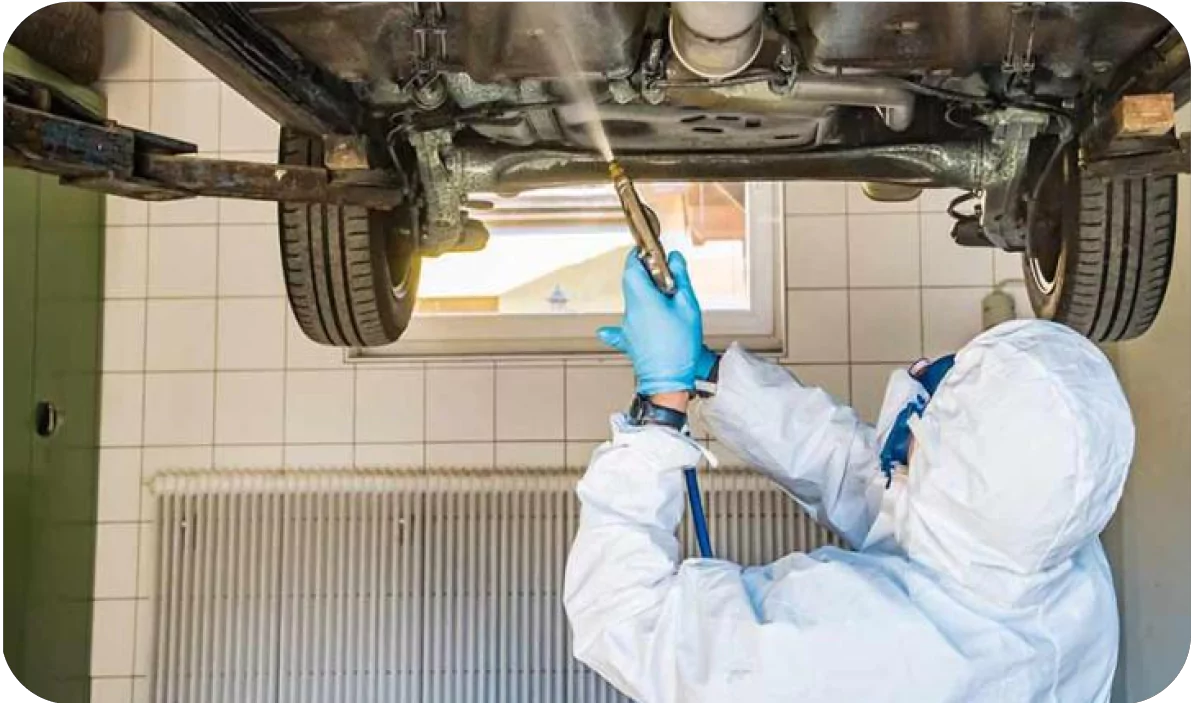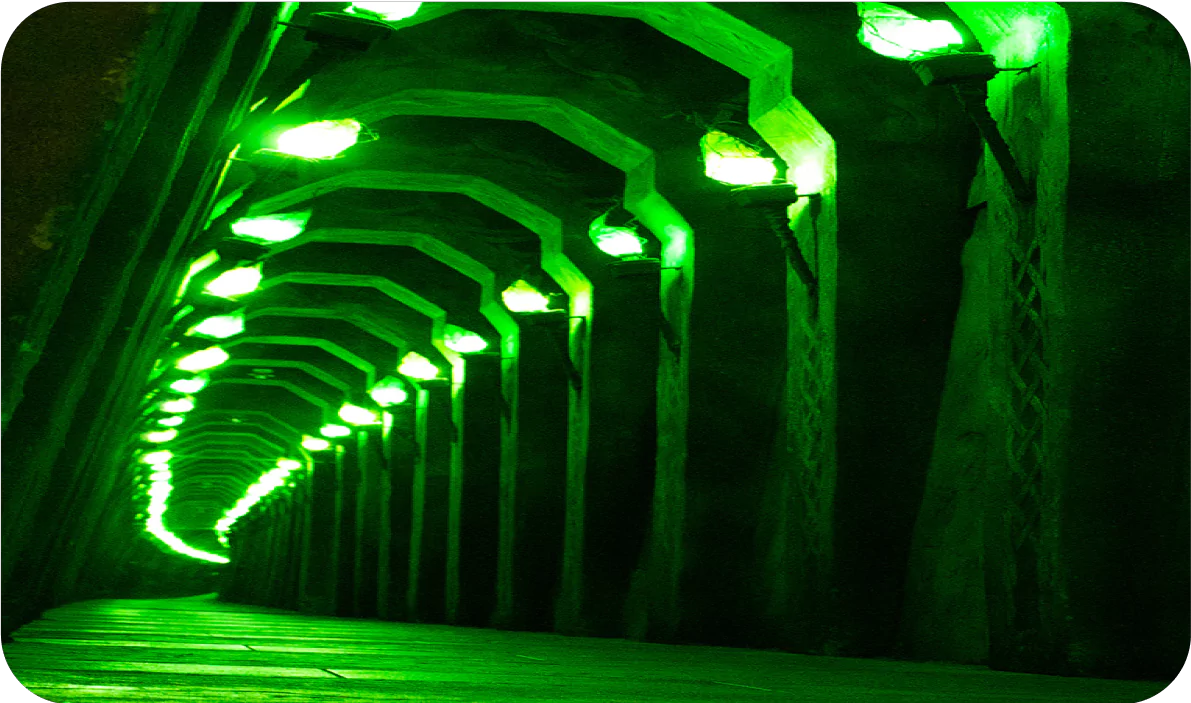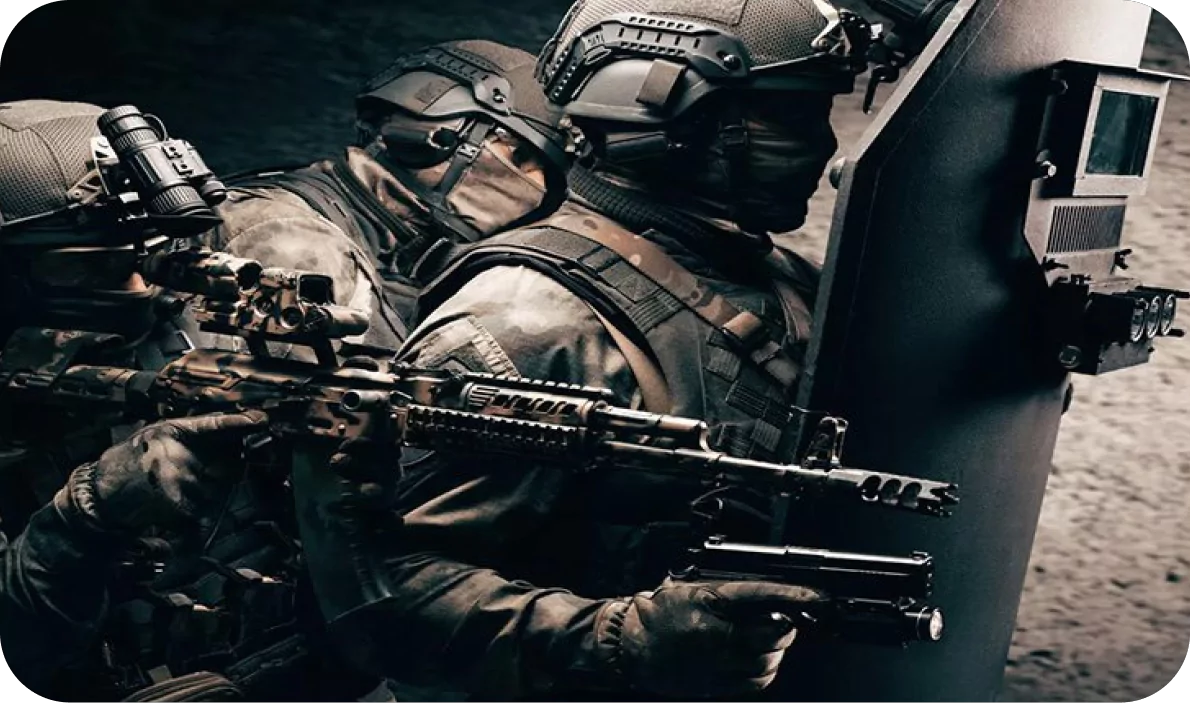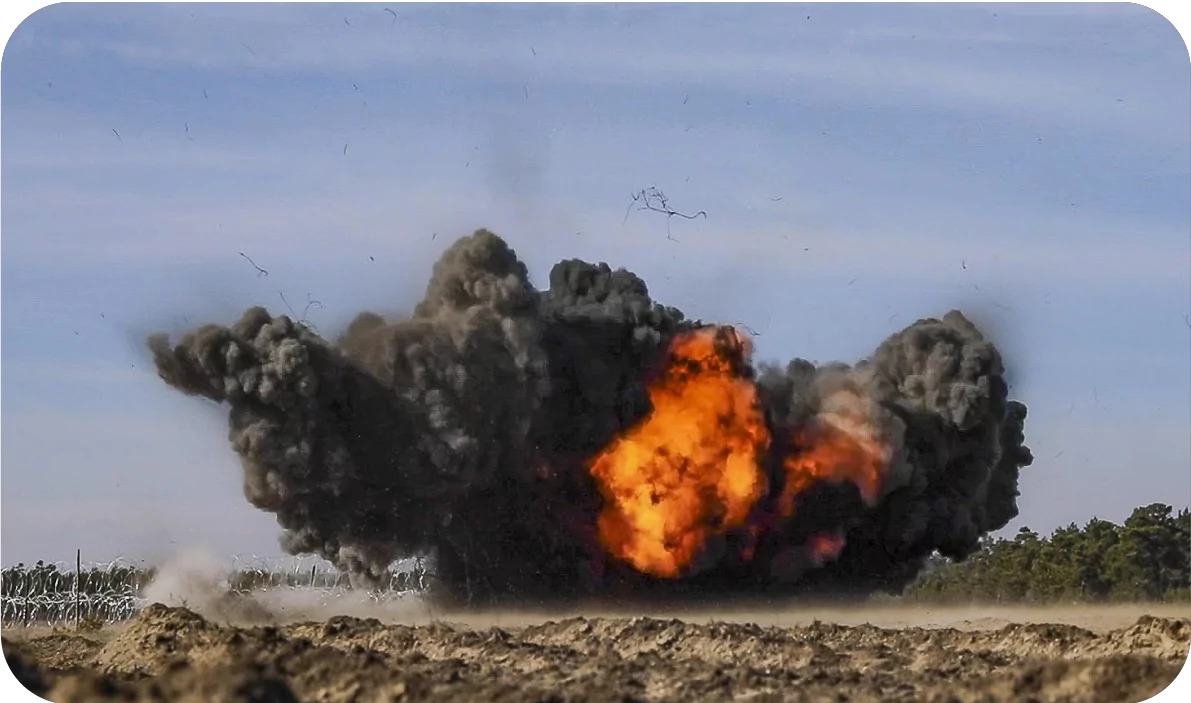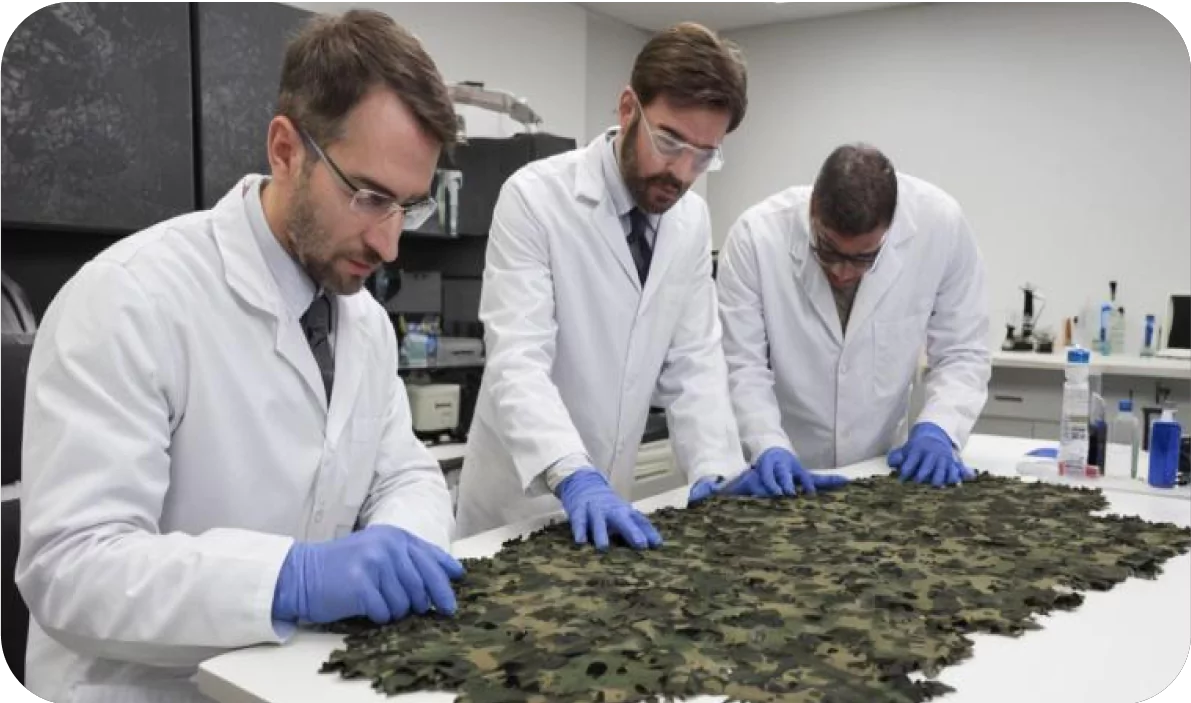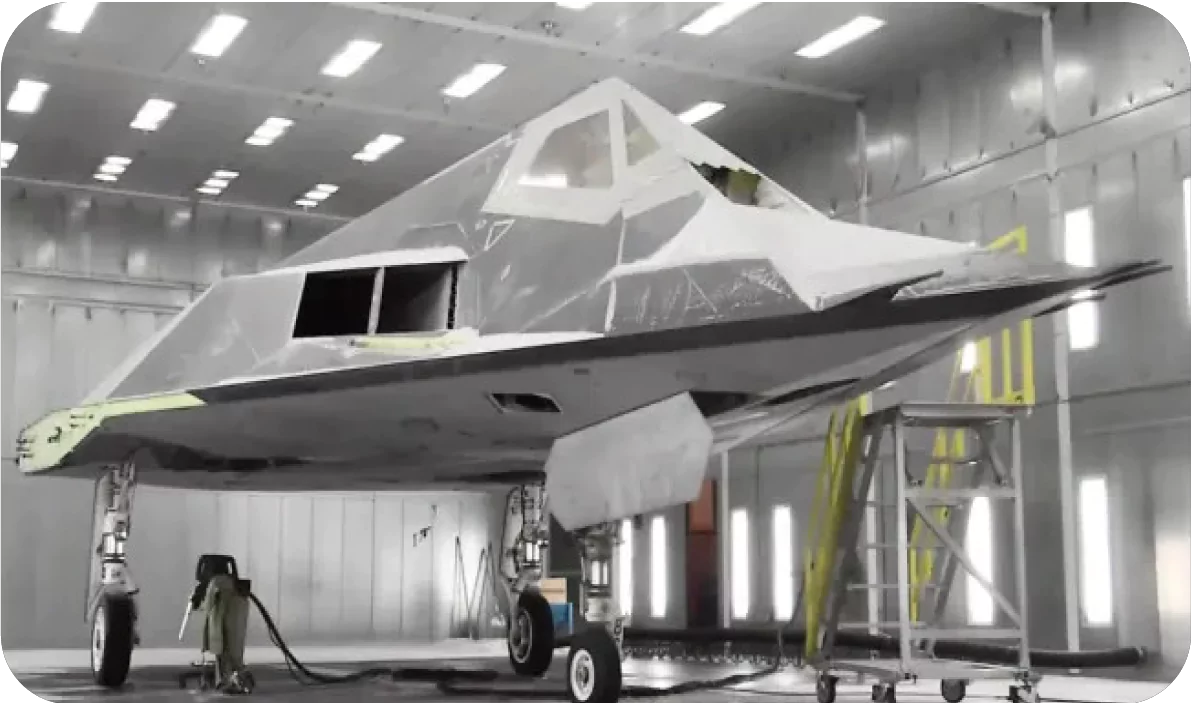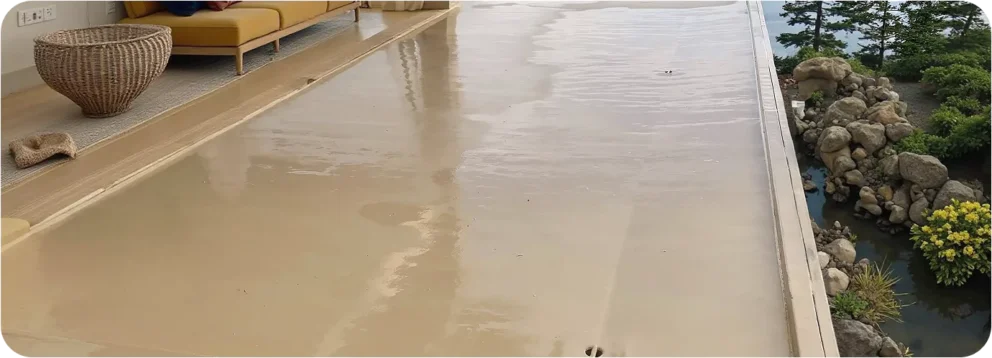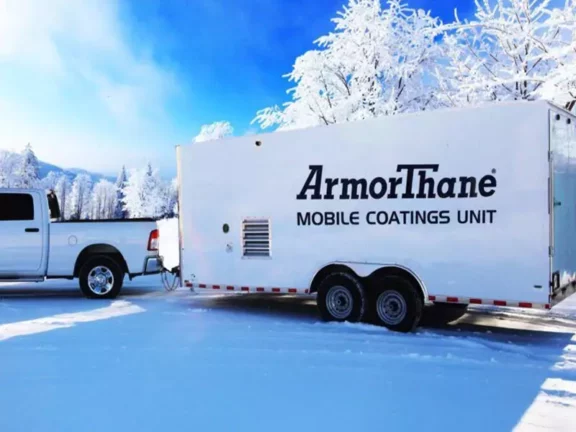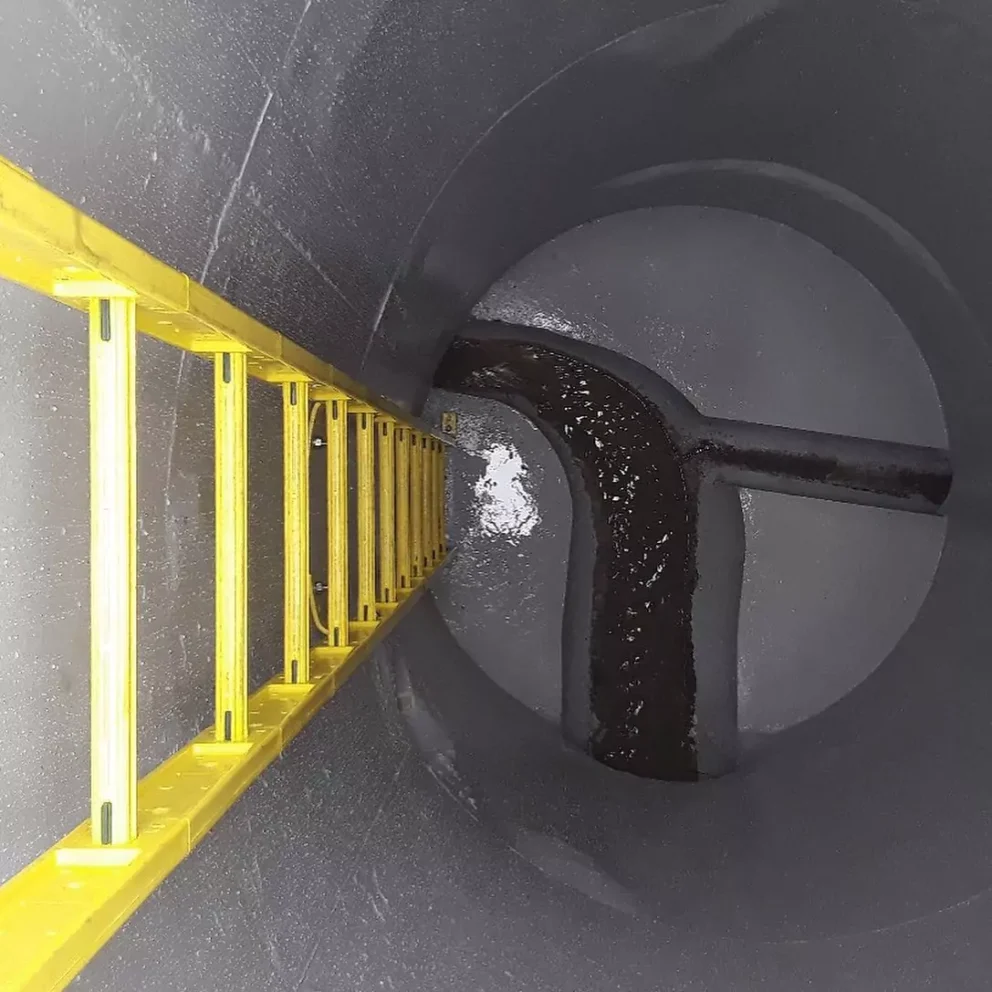POLYUREA
SECONDARY
CONTAINMENT
POLYUREA SECONDARY
CONTAINMENT
Polyurea Geotextile Geomembranes For Secondary Containment Systems
UPGRADING THE BEST
COATINGS FOR SECONDARY
CONTAINMENT
UPGRADING THE BEST COATINGS
FOR SECONDARY CONTAINMENT
Secondary containment is essential for any industry that stores, handles, or transports hazardous materials, acting as the first and most important fail-safe in case of unexpected primary containment failure. Due to their flexibility, ease of integration, and improved strength, polyurea geotextile geomembranes have begun to replace traditional geomembrane systems, becoming the industry’s choice for challenging projects or for maximum protection. They’re easy to apply, and take everything great about polyurea and make it that much better; stronger adhesion, faster application and cure times, and improved puncture and tear resistance. Polyurea secondary containment with geotextile fabric is the ultimate solution for stronger, safer, and easier secondary containment systems.
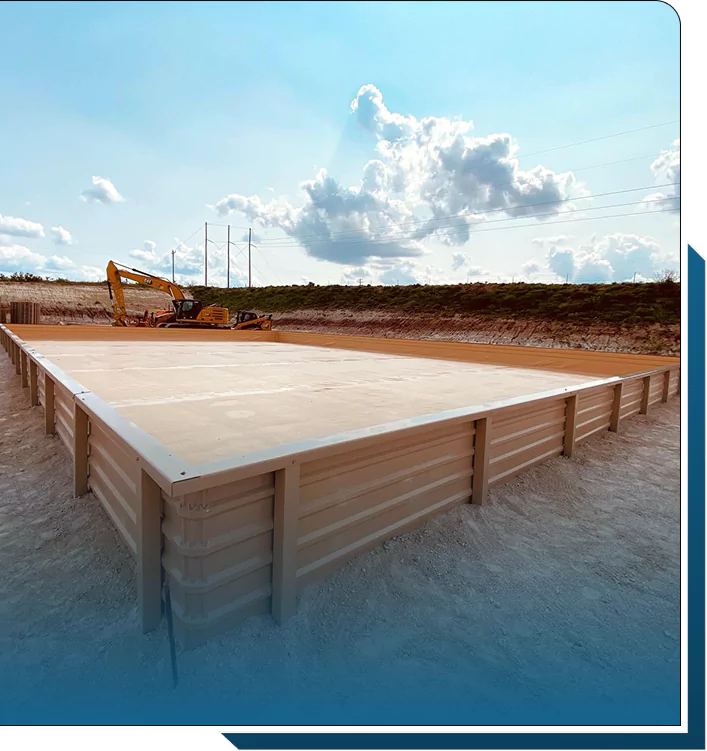
POLYUREA COATINGS FOR
SECONDARY CONTAINMENT
Polyurea coatings have become one of the most widely used and well-regarded protective coatings across almost every industry. They’re used in countless industrial and commercial applications, from truck bedliners and pipeline coatings to manhole rehabilitation and corrosion prevention. For secondary containment, polyurea spray elastomer technology can be used to create or enhance secondary containment systems with a durable protective layer that resists strong physical impacts and chemical corrosion. This includes forceful impacts, frequent abrasion, blasts or explosives, chemical solvents, moisture, and much more. Polyurea coatings are easy to apply, and set quickly, seeing a quicker return to service regardless of environmental conditions or project complexities. Polyurea is also safer for the environment, being 100% solids with no solvents or volatile organic chemicals (VOCs), which is perfect for secondary containment, where the entire purpose is to prevent hazardous materials from entering the environment. To keep on-site personnel, local communities, and the world at large safe from potentially life-threatening hazardous materials, choosing polyurea is the safer, healthier choice for your next secondary containment project.

GEOTEXTILE FABRIC FOR IMPROVED
SECONDARY CONTAINMENT COATINGS
GEOTEXTILE FABRIC FOR
IMPROVED SECONDARY
CONTAINMENT COATINGS
Geotextile fabrics have begun to play a central role in polyurea-based secondary containment strategies. New secondary containment construction has increasingly pre-applied a layer of geo-fabric before then spraying a protective coating like polyurea, rather than applying polyurea directly to the surface of a structure, or using traditional chemical primers. Using this interstitial layer of geotextile fabric provides improved flexibility, and an even faster application and cure time. Most importantly, geotextile fabric helps to improve the quality of adhesion, or “bonding” between the substrate and the polyurea coating. And just as with systems without geotextile fabrics, assembly is fast and simple, as it easily conforms to various shapes and structures, such as pipes or tanks.
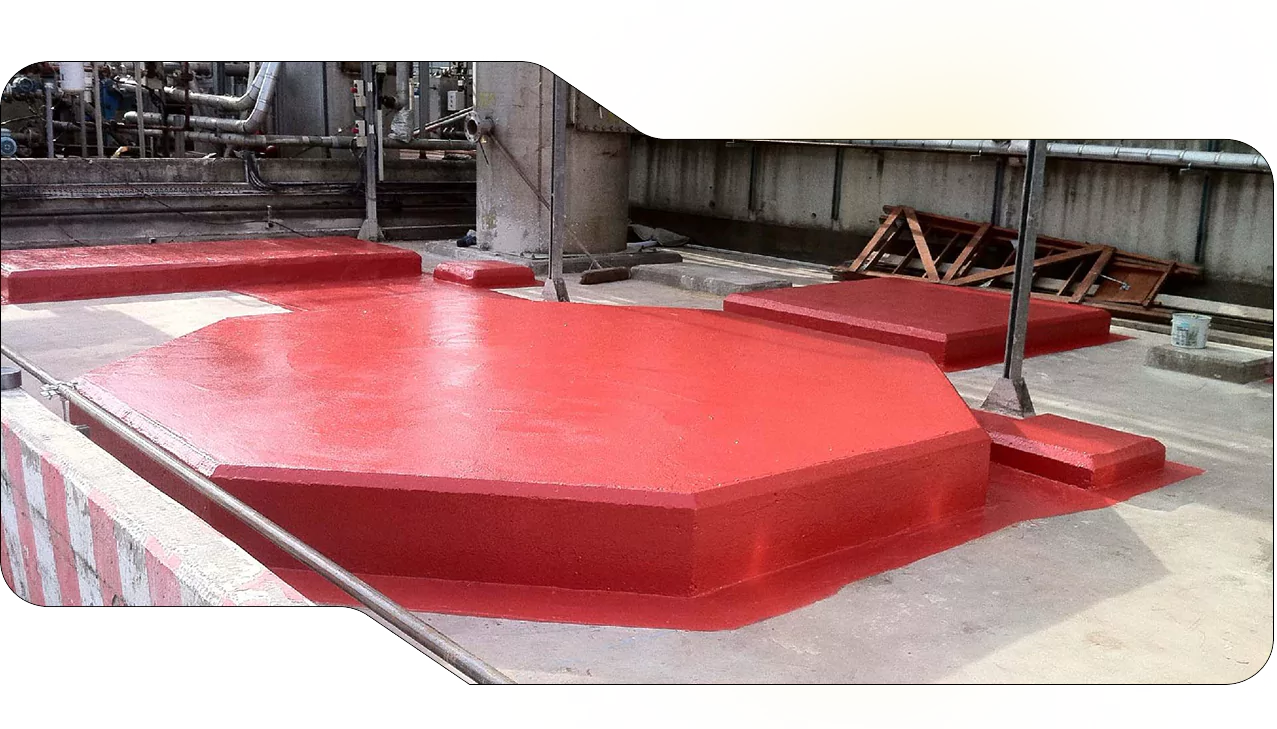
FREQUENTLY ASKED QUESTIONS
Geotextile fabrics are not a necessity for polyurea secondary containment, but have seen increasing use because of their improved performance. Geo-fabric-based systems are more flexible, and further quicken the already rapid rate of application and curing of polyurea coatings. They also improve the adhesion of polyurea onto the surface of the coated structure, and provide extra resistance against tears and punctures.
Polyurea coatings are distinct from geotextile fabrics, but the two are often used together to create an enhanced system. The use of geo-fabrics helps with the absorption of sprayed polyurea coatings, which improves the adhesive quality of the coating. Furthermore, they help further strengthen polyurea coatings, helping to reduce the likelihood of tears or punctures.
Polyurea coatings are robust and highly versatile, with physical properties perfect for secondary containment. They’re resistant to most types of weathering and abrasion, and exhibit strong chemical and moisture resistance that make them perfect for the demanding environments inherent to secondary containment systems.
latest news & bLOGS
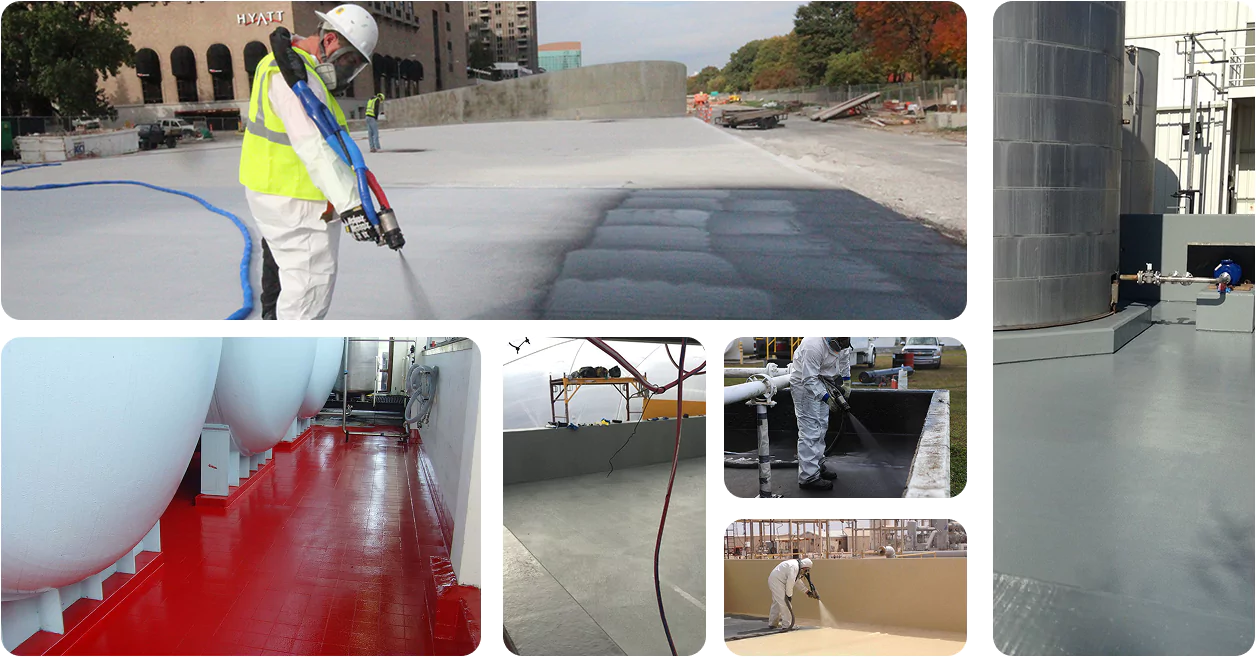
FIND AN APPLICATOR OR BECOME ONE YOURSELF
If you’re looking to install your own polyurea secondary containment, ArmorThane can help! We’re proud to be your one-stop-shop for everything polyurea, and pride ourselves in offering the best in all facets of polyurea protective coatings. We formulate, manufacture, apply, and distribute polyurea products and services to our global network of customers and certified professional applicators, and are ready to help you with your polyurea secondary containment project. And for those who want in on the action, we also offer professional training and certification to provide you with everything you’ll need to start your own coatings business. This includes educational materials, on-site training, equipment, materials, and lifetime support! So if you’re ready to start your polyurea secondary containment project, or want to begin your new career as a professional polyurea applicator, contact us today, or give us a call at 417.831.5090. Our expert team of customer service and technical support staff will be happy to help with anything you need, 24/7!

CONTACT US
REQUEST A QUOTE
ArmorThane has built a strong reputation over the past 30 years for producing high-quality, durable protective coatings.

Phone Number
Tel: 417.831.5090

Email Us
moreinfo@armorthane.com
